As we mentioned before, NAMI (Noah’s Ark Ministries International), believes that they found concrete evidence of the famous ark on Mount Ararat.
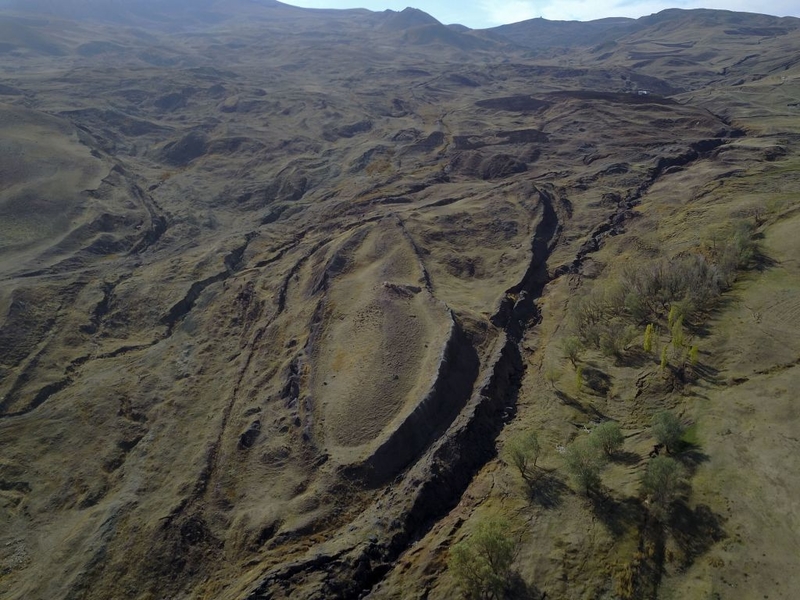
In 2010, a group of Chinses and Turkish evangelicals claimed to have found wooden artifacts that are likely to be ruins from the ark which would confirm, once and for all, the location of the historic ship. Had they found the breakthrough the world was looking for?
So Much to Explore
In the last few centuries alone, mankind has learned so many weird and wonderful things about the earth and what lies beneath it. Things that most humans had no idea about for the hundreds of thousands of years that proceeded this era of science and enlightenment.
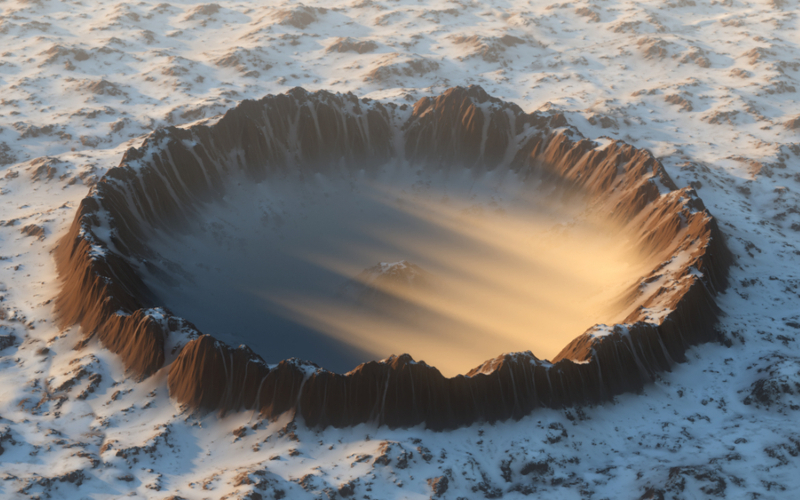
And it seems that man’s exploration into space has only further fueled the idea that there’s so much more for us to discover at home. This includes the depths of both land and water. This story is all about the opposing forces who raced to get to the deepest levels of the earth – specifically, the center of it.
Race to the Center of the Earth
Some even say that we know more about space than we do about our own planet. Consider the Space Race that the USA and the Soviet Union were engaged in during the Cold War. Throughout time, there seems to be this competitive streak among the nations of the Earth. Who can make the most important discoveries first?
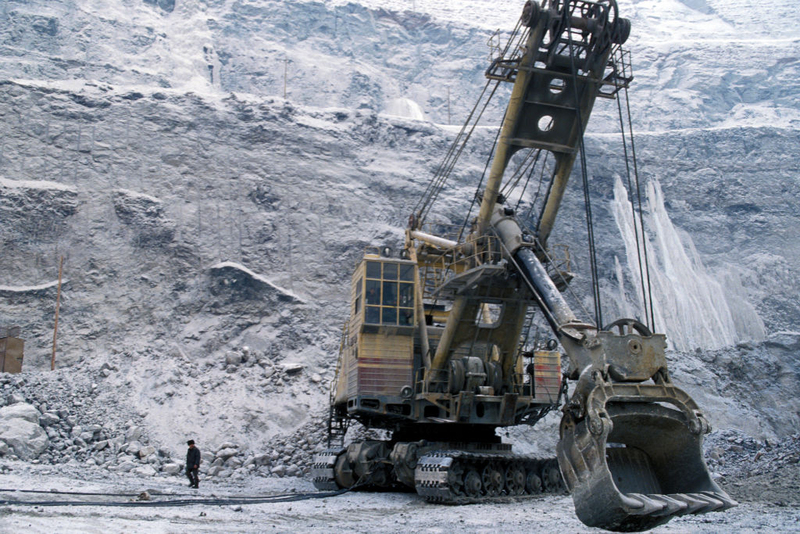
Who will be at the forefront of scientific advancement and innovation? With all of this said, many forget that these two mega powers were also racing to get to the center of planet Earth around the same time. For decades, the US and USSR were in a drilling race too.
Breaking Through the Earth’s Crust
As the 1950s started to come to a close, geopolitical tensions were still simmering between the US and the USSR. The Cold War was in full effect. Around this time, scientists from each respective nation were making all kinds of technological advancements. These included successful experiments that resulted in the ability to penetrate the Earth’s crust.
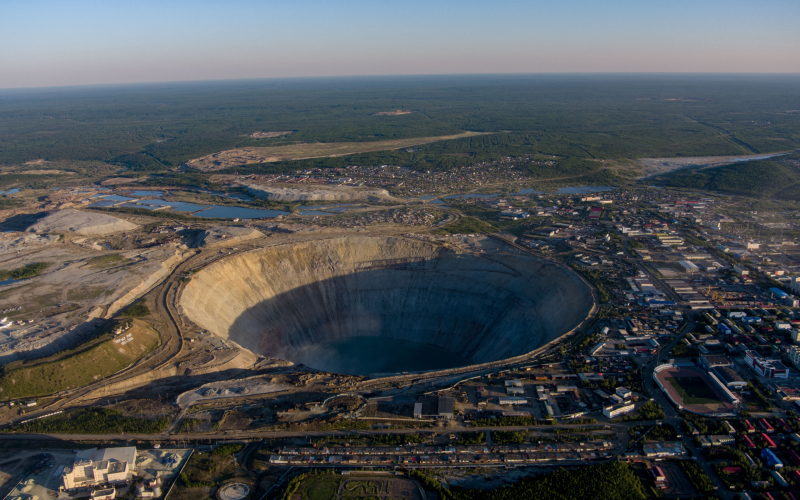
This was a huge breakthrough, and a major first step in the race to reach the planet’s core. Upon successfully drilling through the crust, these scientists had not reached the mantle. This would prove to be a much tougher proposition for all parties and would last many more decades.
Our Knowledge Got Deeper and Deeper
Through the years, scientists and geologists have developed a deeper level of understanding of what lurks beneath the Earth’s surface. With every drilling expedition, experts have brought a more sophisticated and detailed, and dare we say, layered, interpretation of the Earth’s structure.
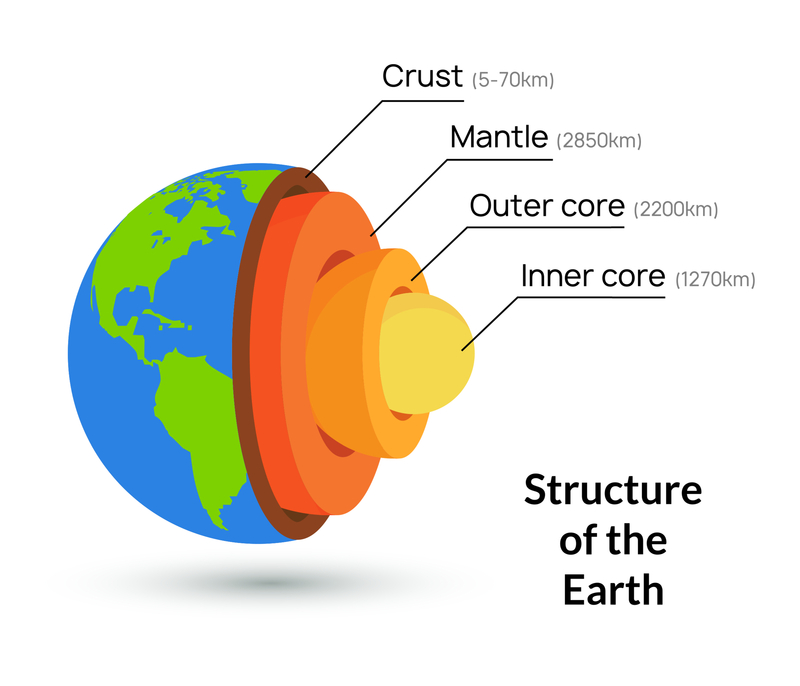
As you can see, our planet is built into numerous layers, including the crust, the lithosphere, the asthenosphere, the mantle, the outer core, and the inner core. When the race to the Earth’s core first began, scientists knew that the crust was 30 miles thick, while the mantle constituted about 40 percent of the planet! But the scientists of this story would learn even more before everything was said and done…
America Took the Lead
During the early stages of the race, the US made the first true signs of progress in 1958, with what they called Project Mohole. This experiment was conducted in the Pacific Ocean, just off the coast of Guadalupe Island, Mexico. Scientists chose to conduct the drill in water because any attempt on land simply wouldn’t be feasible.

Over the next couple of months, the team managed to find some minor success. Participants included Willard Bascom, Roger Revelle, Walter Munk, and John Steinbeck. Yes, the very same John Steinbeck who wrote classic novels such as “Of Mice and Men” and “The Grapes of Wrath." He reported the mission for "TIME" magazine!
There Were All Kinds of Problems
Project Mohole had all the makings of being a successful experiment. Most notably due to the fact that the National Science Foundation funded it. However, cracks started to form pretty quickly in the project. For a start, there was plenty of opposition from members of the science community and across the political spectrum.
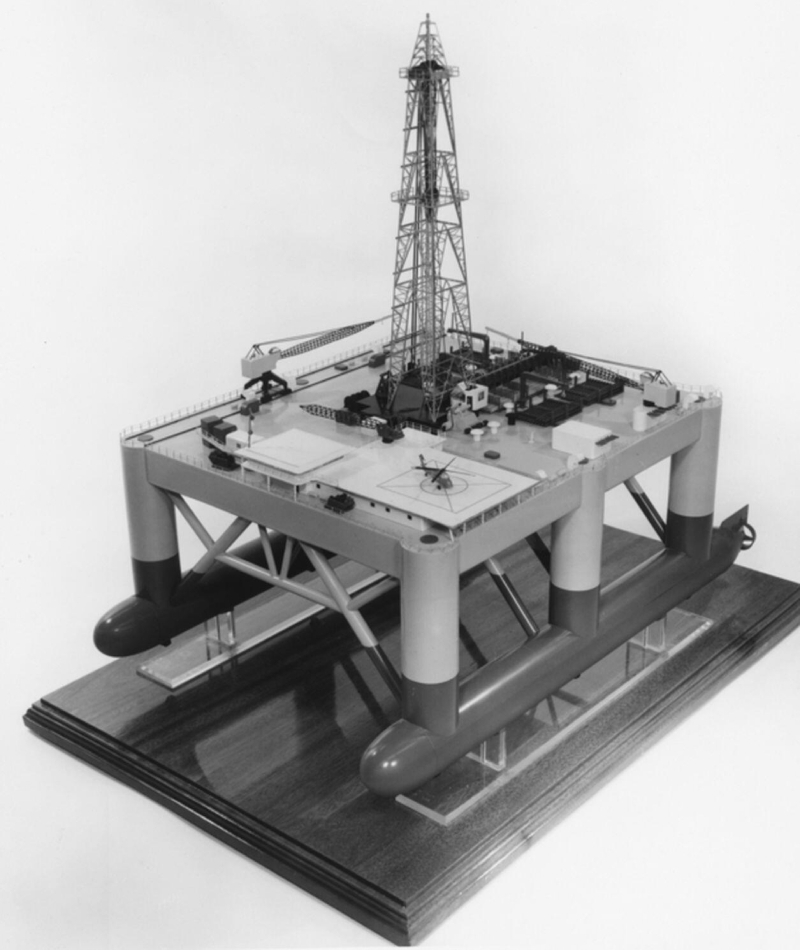
There were also several cost overruns throughout the project’s run. Not to mention its fair share of mismanagement along the way. Despite this, the team involved still clung to the hope that they would pull through and be able to obtain samples of Mohorovičić discontinuity – the boundary between the crust and the mantle.
Game Over?
Eight years passed since the beginning of Project Mohole. But alas, the experiment was ultimately deemed a failure. During that time, the team had only managed to drill about 600 feet into the ocean bed. Political opposition, budgeting issues, and other problems prevented these scientists from ever managing to reach the Earth’s mantle.
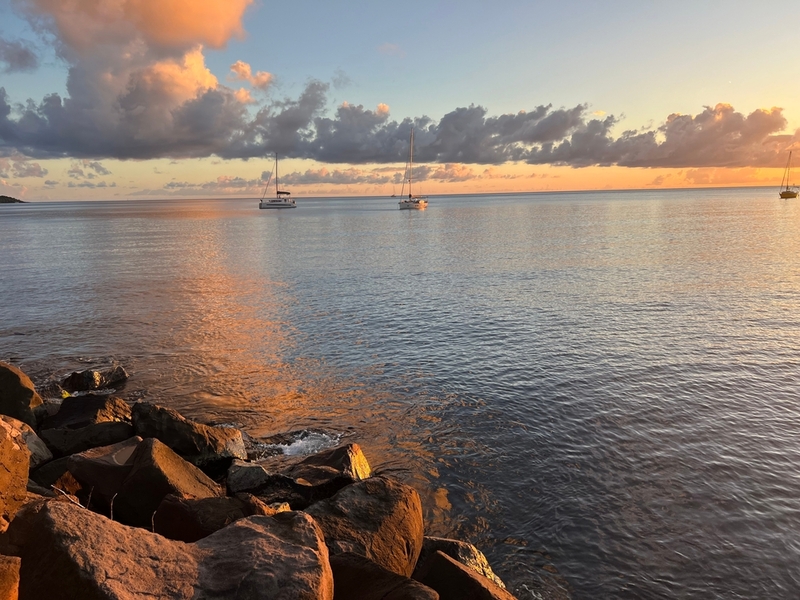
The U.S. House of Representatives ultimately believed that the project was no longer feasible to sustain and decided to defund it entirely in 1966. A couple of years later though, the NSF would redistribute funding to the Deep Sea Drilling Project. Meanwhile, another group of scientists were busy making their own breakthroughs thousands of miles away…
The Soviets Make Their Move
A few years later, the Soviet Union started to make strides in its goals to reach the Earth’s core. In the spring of 1970, in a remote part of northwest Russia, a team of scientists had started to drill into the Earth’s crust. Specifically, this experiment took place in the Kola Peninsula, in the Pechengsky District.
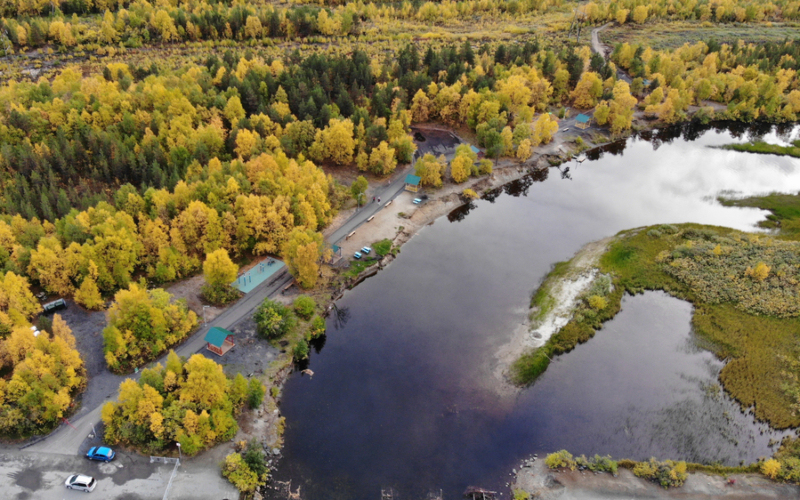
This location was no mistake, by the way. The Soviets chose this area because there weren’t that many people living there. All of this space and quiet provided ideal conditions for heavy drilling. At first, they were given one goal – to dig as deep into the Earth as possible. But how deep could they go?
Well Equipped
In comparison to the researchers who took part in the Mohole Project, the Soviets were much better prepared to drill to much deeper levels during their experiment. One of the reasons for this was that they had much better equipment. One example was their use of the Uralmash-4E, a drilling rig typically used to drill oil wells.
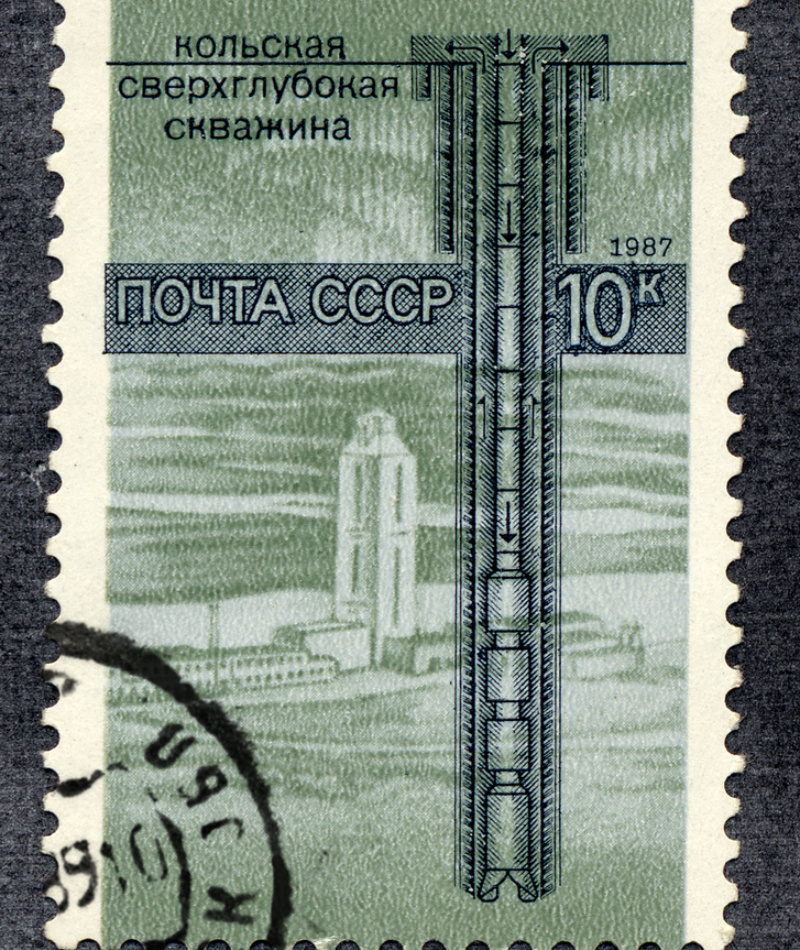
The Soviets took this piece of equipment and tweaked it so that they could reach depths of up to 7,000 meters (about 4.3 miles). Not to mention the many instruments they would use to take physical measurements in the depths of the borehole. With time, their goals became much more ambitious…
Huge Ambitions
Both the Soviet’s goals and methods became increasingly more ambitious and sophisticated as the years progressed. At one point, they hoped to drill about 49,000 feet into the Earth. To achieve this, they created a huge cavity on the planet’s surface, before drilling a series of boreholes into it.
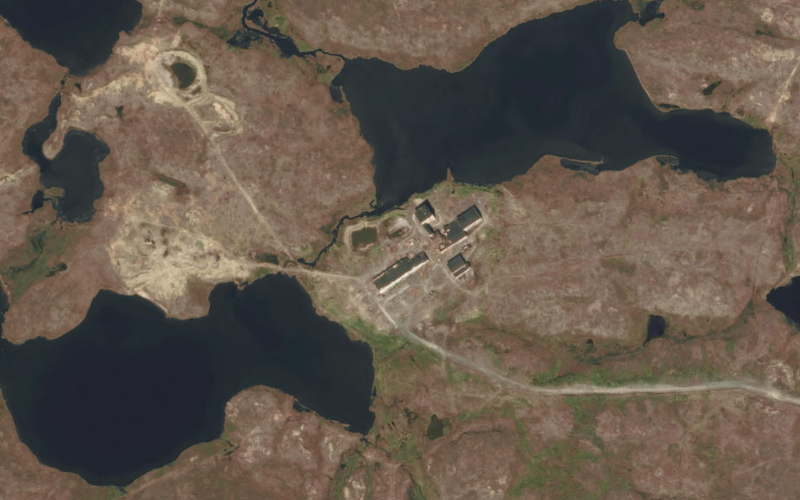
As each year progressed, it was clear that the Soviets were able to get deeper and deeper, creating bigger goals in the process. But we can’t ignore the Americans during this time. Despite their initial setbacks, the US bounced back with some keynote projects and made some pretty significant breakthroughs too.
America Strikes Back
Just a couple of years later, the US bounced back with its next achievement of getting closer to the core of the world. This time, it’s the year 1974, in Washita County, Oklahoma. The Long Star Producing Company wasn’t even trying to reach the Earth’s core. In fact, it was drilling for oil.
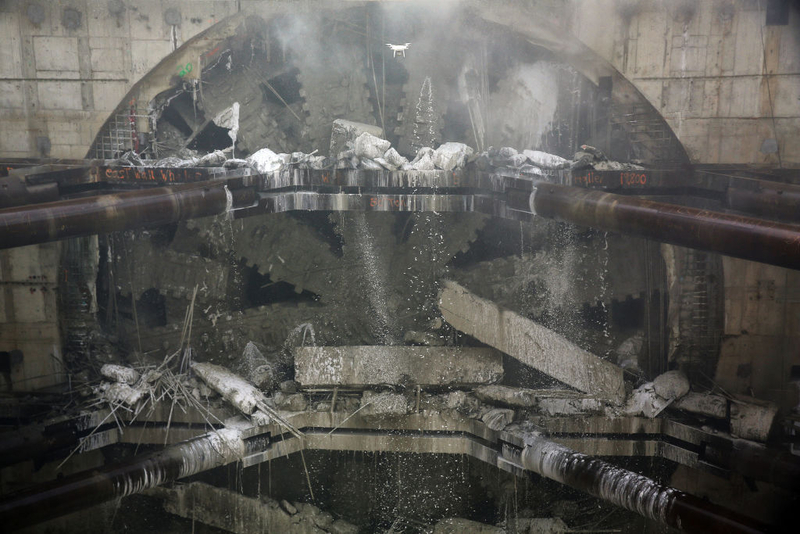
The result of the endeavor led to the creation of what eventually became known as the Bertha Rogers Hole. This is what came to be after the company drilled more than 31,000 feet into the ground. This was the equivalent of nearly six miles, which is a long, long way down. Ironically though, they didn’t find any oil.
The Soviets’ Comeback
The Bertha Rogers Hole would prove to be the deepest hole on Earth for the next five years! America really had taken the crown from the Soviet Union, for half a decade, at least. Then, we fast-forward to the summer of 1979. The Soviet researchers stationed in the Kola peninsula had done it again.

This time, they had dug what they ended up calling SG-3, a world record-breaking borehole of its time. The borehole might have been just nine inches wide, but by the time 1983 had come around, the researchers had already drilled a whopping 39,000 feet into the ground. This also meant that the team was just 10,000 feet away from their original goal.
Open for Tourists (Temporarily)
It didn’t take too long before the Soviet researchers hit that extra 10,000 feet and reached their goal. At that point, the Kola project was ultimately put on hold, for 12 months. But it wasn’t as if they just packed up their bags and evacuated the place. No. The local authorities capitalized on the milestone by converting the site into a tourist attraction.
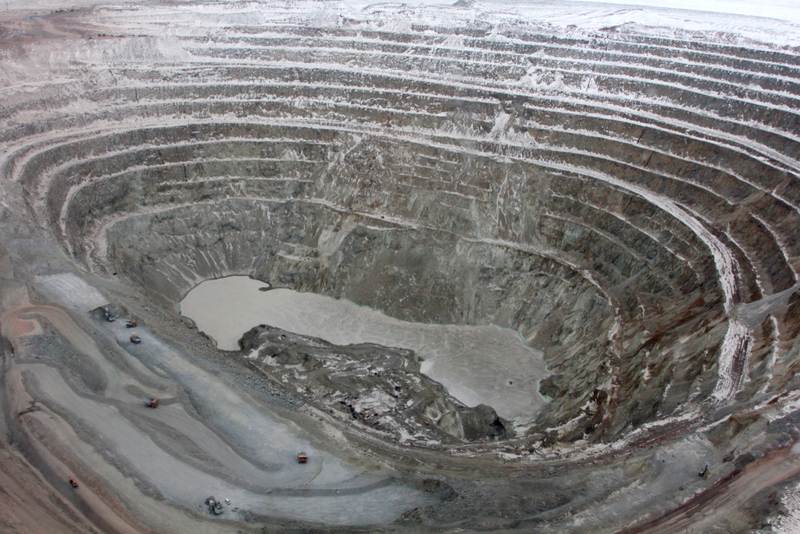
People from far and wide flocked to the region to stare all the way down the hole and feast their eyes on its surroundings. Once that year of tourism came to an end, the researchers finished their well-earned break and resumed the project. However, some obstacles were about to come their way.
Kola, We Have a Problem
Unfortunately, the team reached a bit of a stumbling block. Shortly after restarting the project, the researchers suffered from some kind of technical problem which ultimately forced them to stop drilling at the SG-3 borehole. While the details of that issue are a little fuzzy, to this day, most historians agree that the conditions simply weren’t feasible for the team to continue on this borehole.
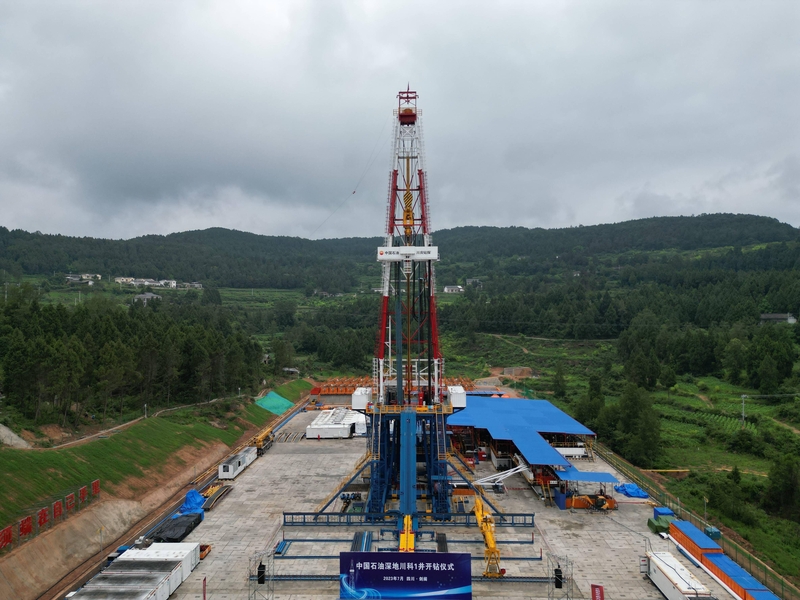
Thankfully, as previously mentioned, the Soviets had drilled many boreholes into the same cavity. This meant that if one borehole became impossible to operate on, there were more opportunities for drilling. And it turned out to be a blessing in disguise…
A New Opportunity
This team of researchers was very cool and collected. Another group of researchers may have panicked at this point in their project. But it turns out that the Soviets had made a few contingency plans in the event of this exact thing happening. So they swiftly moved on to one of the other boreholes that they had previously been drilling on.

The next one already had a depth of 23,000 feet. And by the time 1989 came around, they had drilled underground at a whopping depth of 40,230 feet, smashing the record once again! It seemed like the only competition in their way, was themselves.
On Track
With the Americans proving to be inadequate competition in the race to the core of the Earth, the Soviets didn’t get complacent and continued to work hard towards their ambitious goals. And it seemed like they were well on track to reaching some pretty staggering feats in a healthy amount of time.
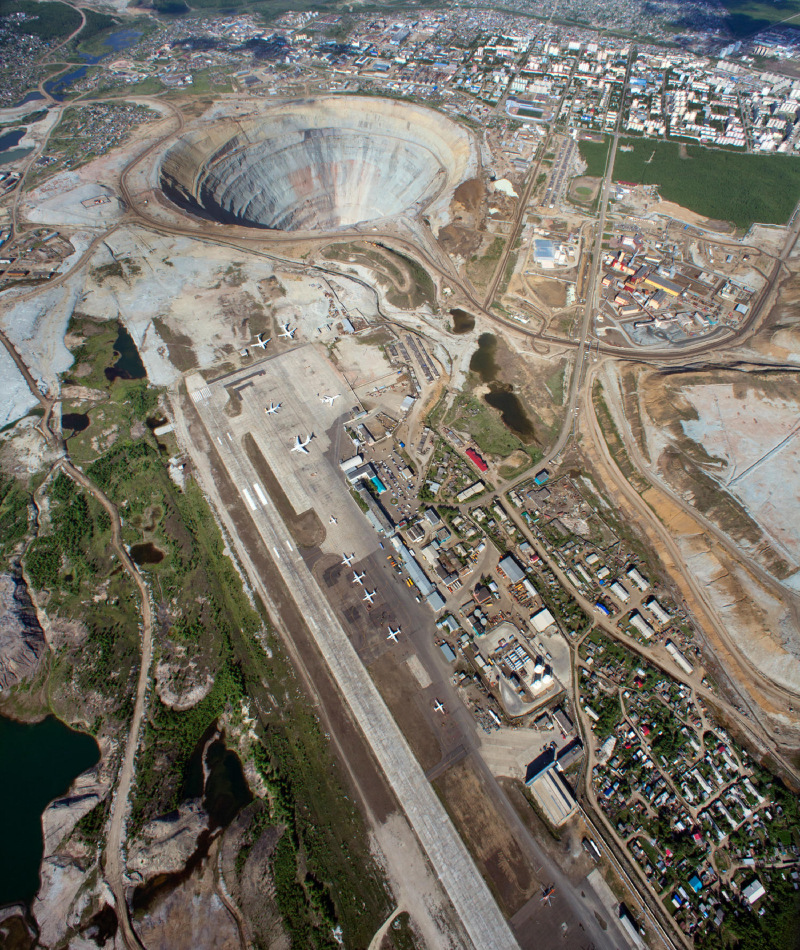
They believed that by 1990, they’d be able to drill as deep as 44,000 feet. And by 1993, the predictions were that they would be able to extend the new borehole to 49,000 feet – which was unprecedented at the time. But surely enough, fate has a funny way of rearing its ugly head…
They Were Thrown a Curveball
Everything seemed to be going to plan for the Soviets. They had blown the Americans out of the water with their milestones. They were making all kinds of incredible achievements in no time whatsoever, and their predictions were pretty frightening. But surely enough, all it took was one spanner in the works to completely derail the project.
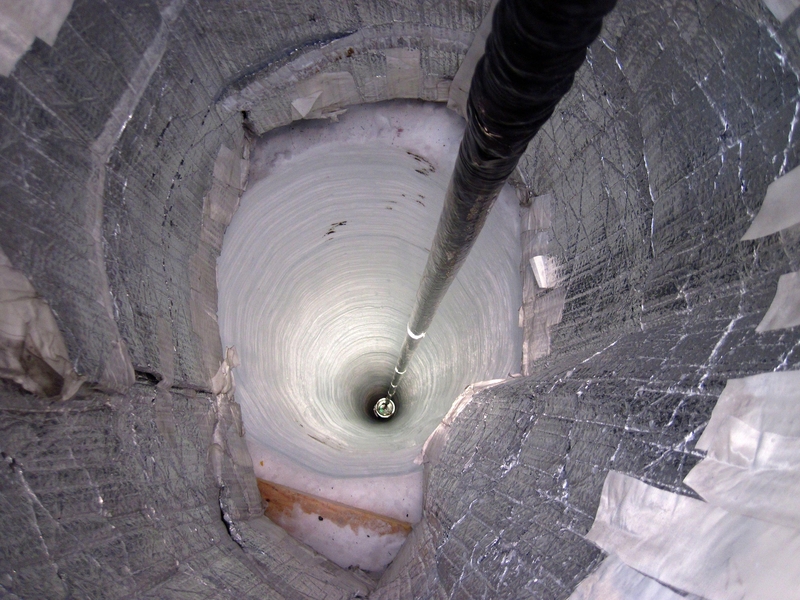
They were so mouthwateringly close to the mantle. And then, in the blink of an eye, a big change happened out of the blue. The researchers were completely blindsided by a discovery they made underneath the Soviet tundra. It is safe to say that their mission had just become a whole lot more challenging.
Heating Up
Temperature is always a key factor that researchers need to keep an eye out for when drilling deep into the ground. Typically, the further below the ground you go, the hotter it gets. Thankfully, for the Soviets, the first 10,000 feet of this descent provided the expected temperatures at the right pace.
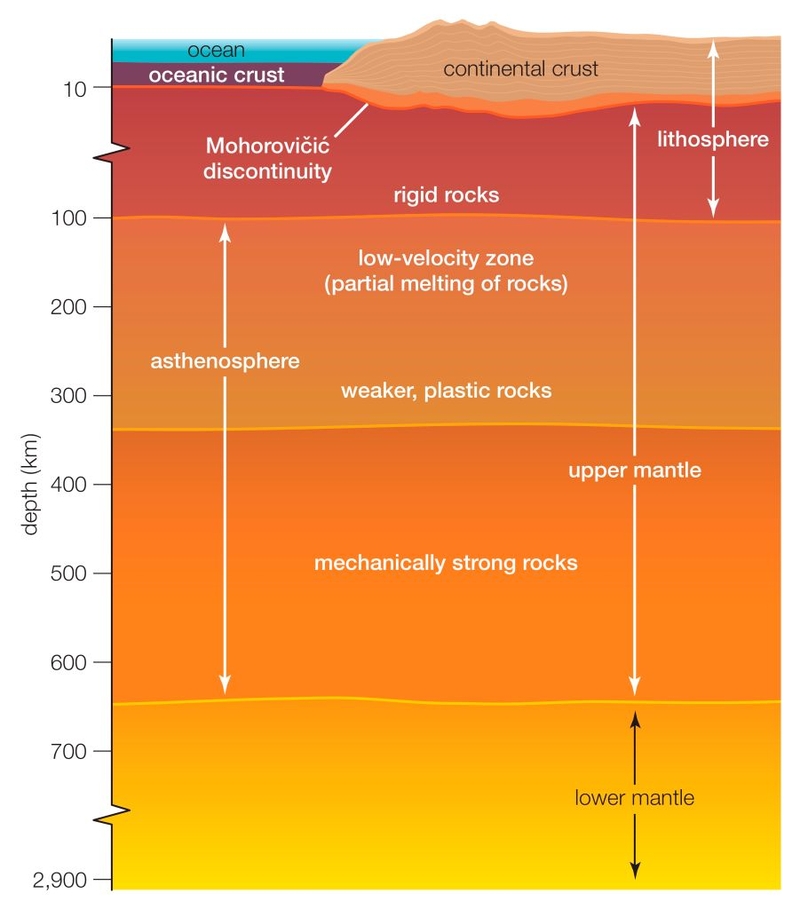
However, it started to get much hotter at a much faster rate after that point. In fact, when the team was getting relatively close to the mantle, the temperature was now at a whopping 356 degrees Fahrenheit, which was about 176 degrees hotter than they had predicted. And that was just the start…
Rocks Made of Plastic?
With the temperature rising at an alarming rate, the researchers slowed down the drilling and acted much more cautiously than they usually would. But more strange observations were coming their way. For example, the deeper that they were going, the less dense the rocks seemed to be.
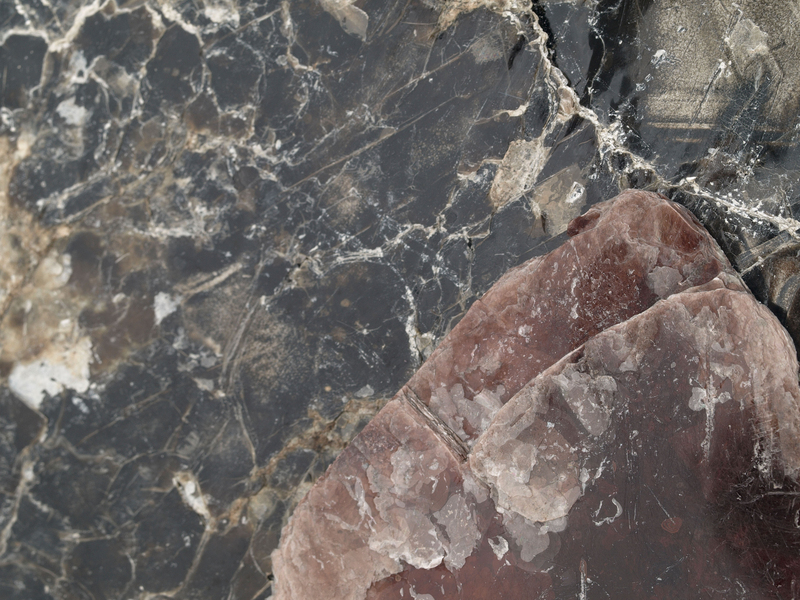
It seemed like the higher temperatures were the main contributing factor to this. According to the researchers, the rocks had a texture almost like plastic. And while this was interesting in isolation, it ultimately made it much more difficult to drill. Their equipment simply could not live with the temperature and the materials.
Too Dangerous
It was becoming increasingly clear to the researchers that the further they drilled (or attempted to drill), the more dangerous the mission was becoming. This soft, plastic-like rock that they were trying to penetrate simply wasn’t letting up. This, combined with the high temperatures they were experiencing, was causing peculiar reactions to sprout up in the Earth’s crust.

The last thing the Soviets wanted was to cause irreversible damage to the underground through this project. No project was worth this kind of destruction. So they started to reconsider their options. After thinking long and hard about it, they ultimately felt like they had no choice but to make a very difficult decision…
A Difficult Decision
Here they were. It was 1992. 22 years after they had started what had been, up until this point, an extremely successful project. They had drilled tens of thousands of feet into the Earth’s crust and were now on the precipice of the mantle. No other drilling team had gone this far underground.
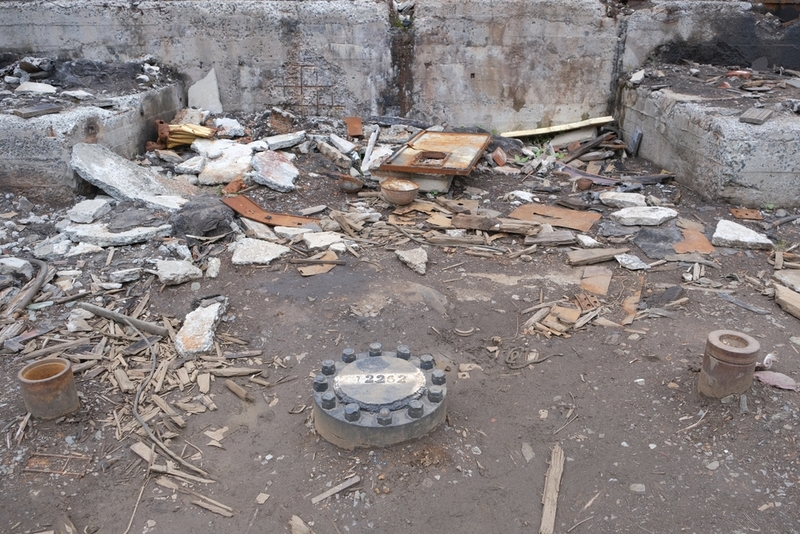
And yet, the researchers agreed that their equipment was simply unsuitable for the conditions they had now found themselves in. And just like that, without any further hesitation, the researchers decided to put the project to bed. They stopped what they were doing and started to pull out of the ground. But before they were out, they also made some amazing discoveries.
Interesting Discoveries
Before they finally decided to seal up the borehole for good, the researchers collected as many findings as they possibly could. In fact, they called this particular project the Kola Superdeep Borehole, which turned out to be a goldmine full of fascinating discoveries.
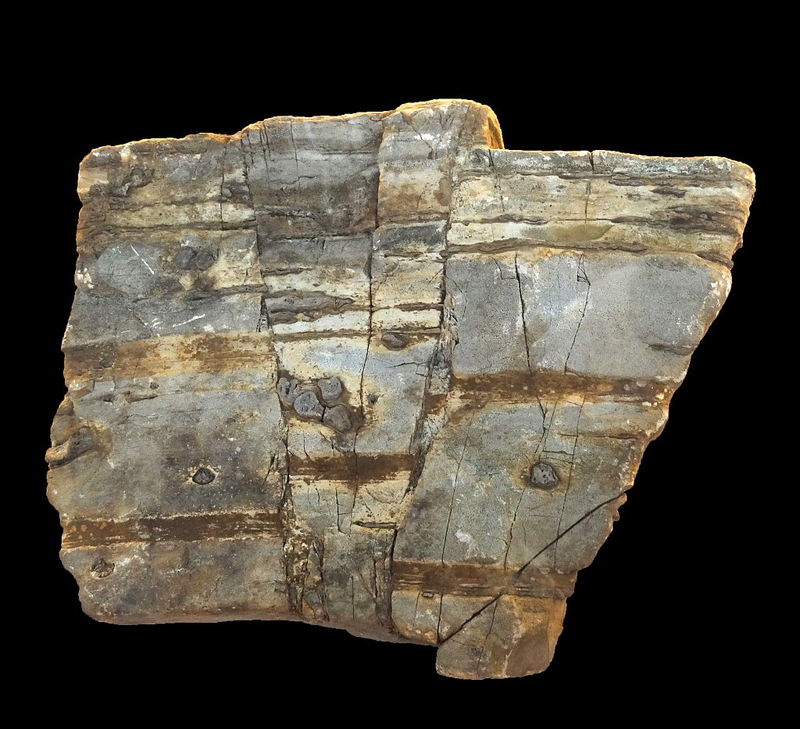
There is no denying that these findings would end up setting the geology community alight and that researchers all over the world would be sent into a frenzy from the information they were about to digest. These discoveries would teach experts some important lessons about the past, providing an incredibly insightful history lesson. And it was much more than just some rocks and minerals.
Mysterious Fossils
When they had reached the four-mile mark in the Kola Superdeep Borehole, the researchers discovered a range of tiny fossils. These fossils contained the remains of marine plants and single-celled organisms. This was clear proof that life could sustain itself this deep beneath the Earth’s surface, something that mankind, up until this point, had no proof of.

But it’s not just the fact that they found evidence of biological activity this far down. They were also able to determine how long these fossils had been trapped under all of these rocks and material. Put it this way, it was a very, very long time.
2 Billion Years Old!
The researchers were over the moon to find beautifully preserved fossils during their drilling project. But what was even more impressive was just how long these fossils had been buried under the rocks. It is believed that these fossils are more than 2 billion years old. Yes, you read that right.
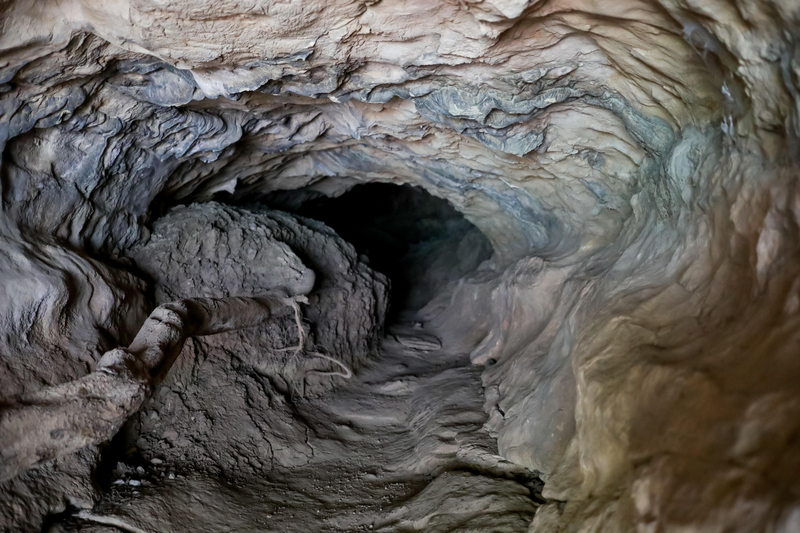
The researchers had an inkling that this might be the case. But when paleontologists also chimed in with their own estimations, they couldn’t quite believe their luck. There have been many expeditions in this story where researchers discovered something they weren’t looking for, and the pattern continues here!
Earth-Shattering Findings
It was clear that the Kola Superdeep Borehole project was unearthing (pun intended) plenty of interesting information and revelations. But it was also the basic geological findings that were leaving many of the researchers scratching their heads.
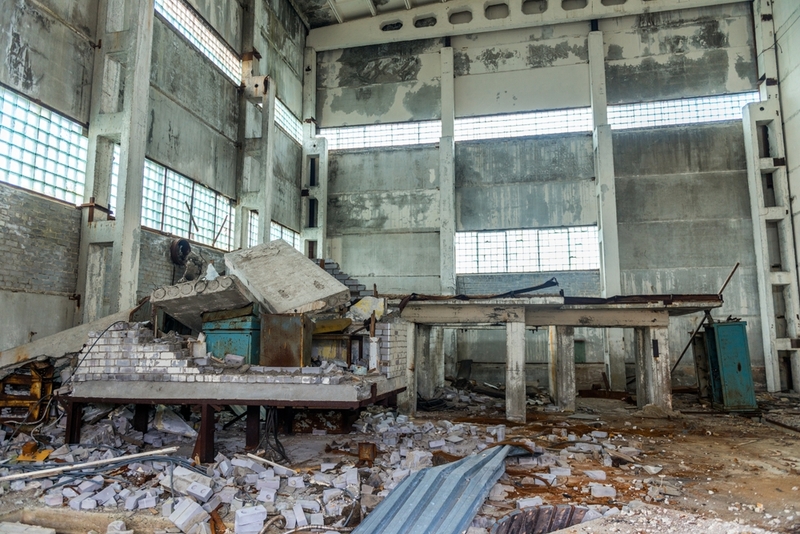
Many of the ideas they had learned about the Earth up until this point, they needed to start unlearning because of the data they were collecting from this project. They were able to inspect the crust in clear detail and even confirm which geological theories were true and which ones were not. And the first debunking started with a couple of rocks that all geologists are familiar with.
Debunking the Conrad Discontinuity
We told you about Mohorovičić discontinuity from one of the American projects. But what about the Conrad discontinuity? This theory states that through the measuring of seismic waves, about two to four miles underground, the rock in this area shows a gradual transition from granite to basalt.
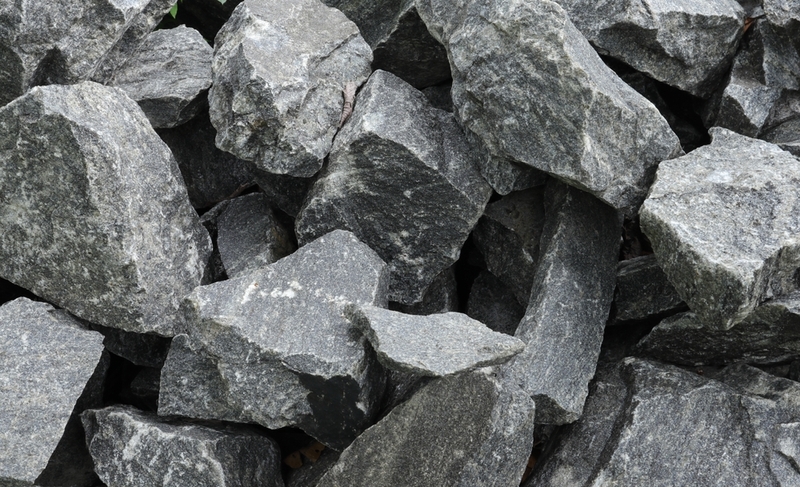
It sounds perfectly legitimate, and we would never question such a theory upon first reading about it. But then again, we’re not geologists. The Soviet researchers managed to dive deep into this theory. With their findings, they managed to debunk it, once and for all. And they had the evidence to back it up too…
It’s Just Granite Down There!
When it comes to the levels previously mentioned, the Soviets were adamant that there was no such thing as the Conrad Continuity. That means that the transition from granite to basalt was never the case to begin with. So even the rock they inspected at the deepest parts of the borehole was actually granite.
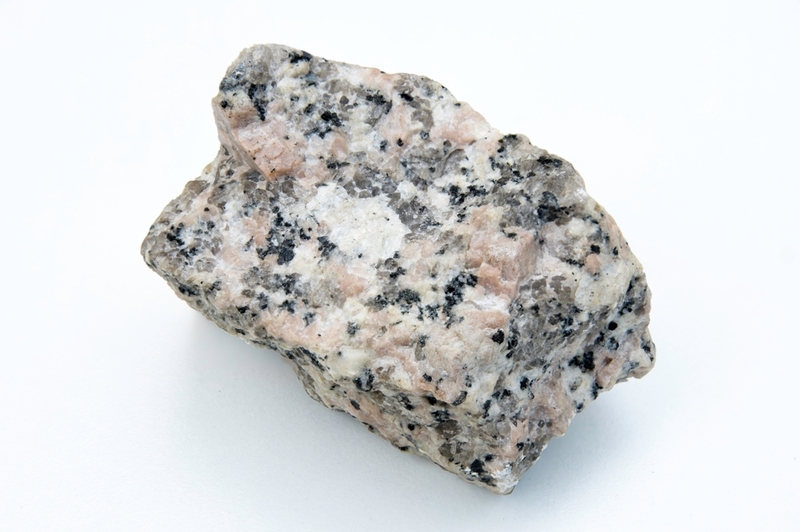
And therefore, the granite had only experienced metamorphic changes, which resulted in the seismic waves they had detected. What’s amazing is that this wasn’t the last of the remarkable findings that the researchers had discovered during the final stages of their project. There was still more to unveil.
Water!
Another assumption that many geologists made up until this point was that water couldn’t possibly flow this deep underground. And yet, they were wrong again, and the Soviet researchers had the evidence to back it up, again. After drilling as deep as they did into the ground, the team discovered water flowing many miles beneath the Earth’s crust.
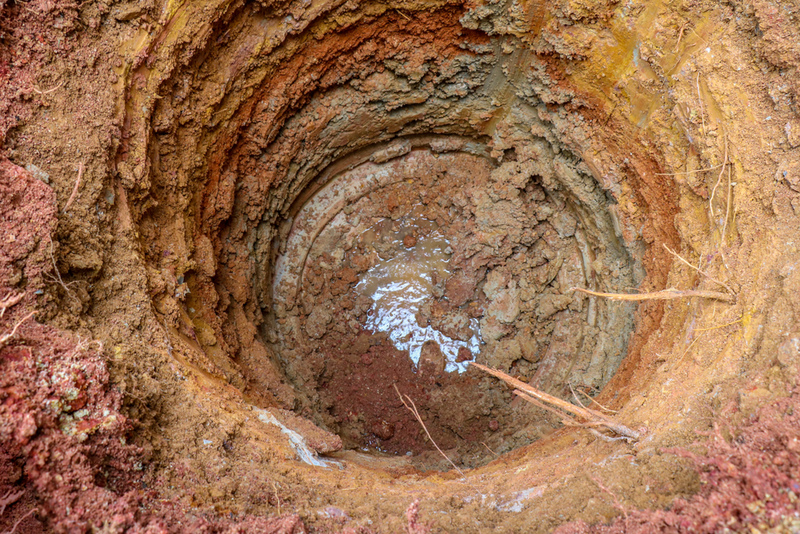
Obviously, they wouldn’t dare to drink such water. But they definitely stored some in specially designed containers to bring back to their labs for further research. But what was the explanation behind this new discovery? How could water flow so deep into the Earth?
Biblical Implications?
Now this seems like it might be coming out of nowhere, but bear with us as we explain. Upon hearing the news at the time, some scientists, who were determined to reconcile miracles from the Bible with scientific findings of the present, attempted to use a specific Biblical story to explain the discovery of water that had been found.

Or, they tried to use the newly found water to explain the miracle of the Biblical flood. It was one or the other. We guess the theory is that the water underground was left over from the time that the heavens opened and rain filled the lands until Noah built his ark. Whether you agree or not, the researchers had their own thoughts…
The Cause of the Water
Needless to say, the researchers’ theories were rooted more in scientific theories than Biblical ones. According to their findings, it is believed that the water comes from intense pressure that forces hydrogen and oxygen from rocks. Once those atoms have been released, they are then trapped by impermeable rocks.
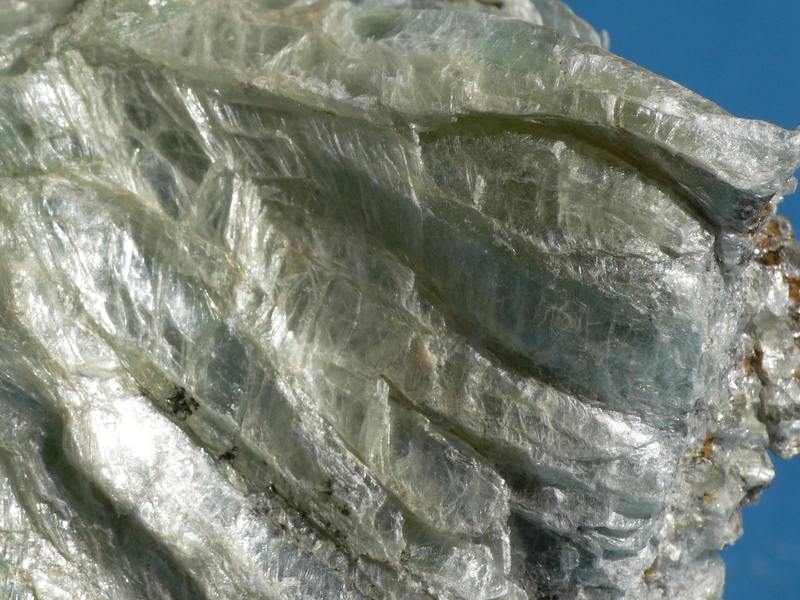
As a result, these strange, idyllic underground reservoirs seem to form out of nowhere, when in reality, it is because of the simple scientific process that we’ve just mentioned. But what we have not mentioned yet is probably the biggest observation that the researchers were able to deduce from these findings.
Not as Dense as Once Predicted
The fact that the researchers discovered water so far beneath the surface was groundbreaking in and of itself. But the explanation behind its existence to begin with also made some pretty important facts crystal clear for the team.
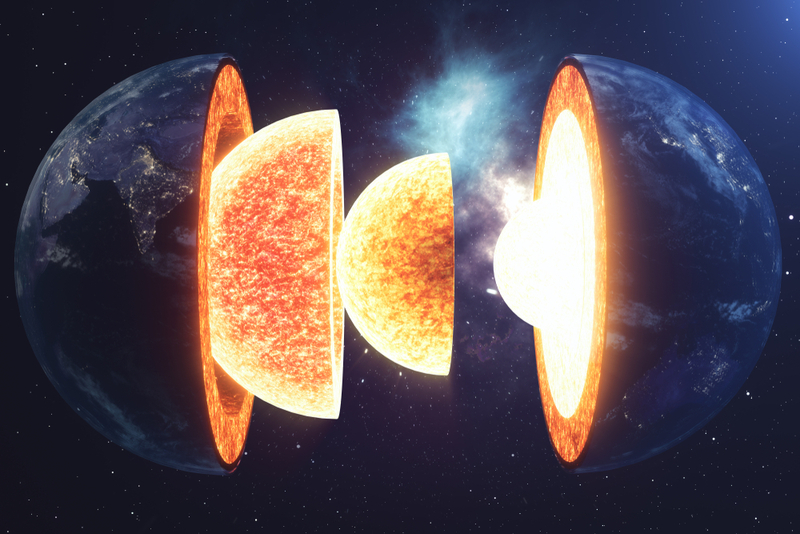
Probably the most important detail was that the Earth’s crust, and below it, was considered to be much denser than what the latest findings suggested. Now, it was clear to the researchers that there were actually pathways for water to flow through. This pretty much changed everything about the way the team had thought about the underground up until this incredible discovery.
Updates Needed to Be Made
Because of the amount of groundbreaking findings that the Soviet team had made during this project, many science and geology journals need to be updated, as well as fundamental tables covering a wide range of metrics. For example, the map showing the temperatures within Earth’s layers needed to be updated because of the findings the Kola Superdeep Borehole had produced.
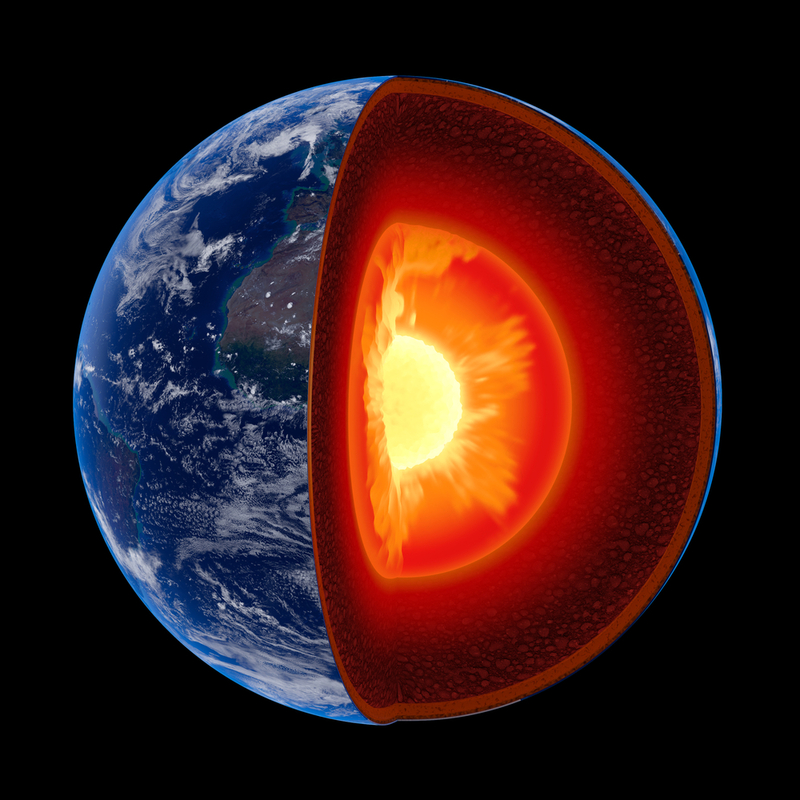
While this might sound like a tedious overhaul of data, geologists were ultimately relieved by these changes. Why? Because it provided them with much more reliable numbers. Up until that point, the temperatures were nowhere near as accurate. In reality, they were much higher than previously thought.
Sealing the Hole
After all of the remarkable discoveries the team of the Kola Superdeep Borehole project had made, it was finally time to shut it down. In fact, the fall of the Soviet Union was basically the nail in the coffin of the mission. In 1995, the team completely withdrew from the site, sealing the borehole forever.
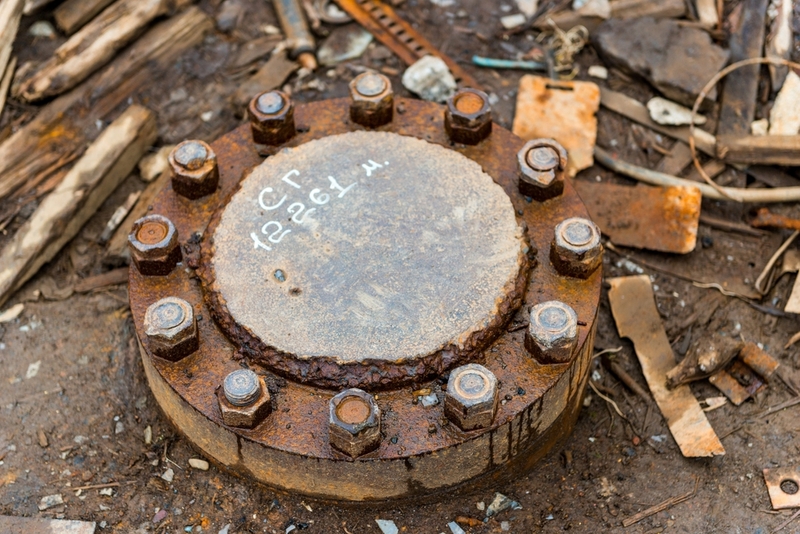
This signified the permanent closure of the project and marked the end of an era for this team of researchers. Although they had to move on with their lives, they could rest easy knowing that they had made a huge difference to the world of geology, and beyond. And that’s not to say that the site will no longer be used in the future. On the contrary…
It’s a Tourist Attraction (Kind Of)
Because of the amount of industrial work that had been conducted on this site, and the mess that had been left behind upon being shut down, the Kola Superdeep Borehole location is still regarded as an environmental hazard until this very day. This means that tourists technically aren’t allowed to step foot on the premises.
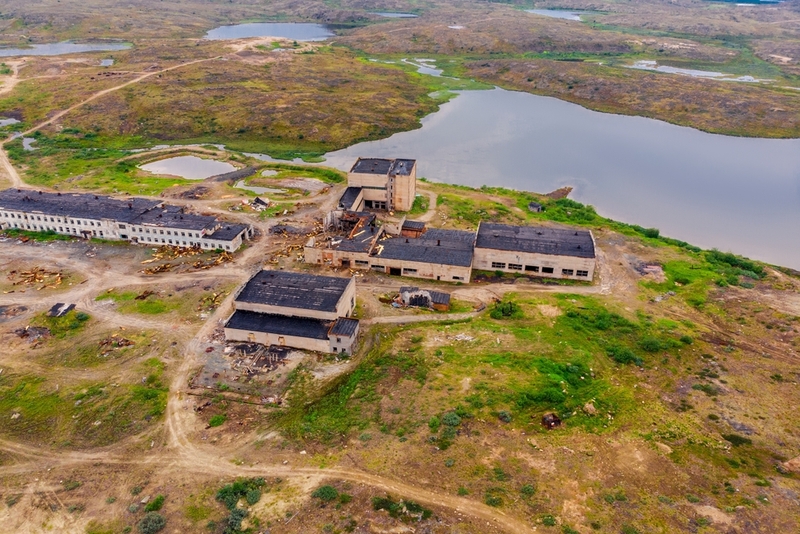
With that said, those who are interested enough in the site and its history are allowed to observe the ruins from afar. Specifically, tourists tend to congregate in the town of Zapolyarny, which isn’t too far from the original site. From there, tour guides will break down what the team of researchers did during those many decades and the breakthroughs they made.
Still Unbeaten
Although the drilling site is an abandoned relic of their glory days, the Soviet researchers’ findings, as well as their achievements, speak for themselves. In fact, until this very day, no nation or research team has beaten the record that they set all those years ago.

It is amazing to think that the Kola Superdeep Borehole is still considered to be the deepest manmade hole in the world. To put it into perspective, the depth of this borehole is the equivalent of putting Mount Fuji on top of Mount Everest. Now that is huge. Almost too big to even fathom.
Many Miles to Go
If it wasn’t clear by now, the researchers of the Kola Superdeep Borehole were not able to reach the center of the Earth. And no team has managed to achieve this feat. Let’s try and break it down into numbers to put it into perspective. For a start, the team only managed to drill into about a third of the planet’s crust – which sounds a lot less impressive than it actually was.
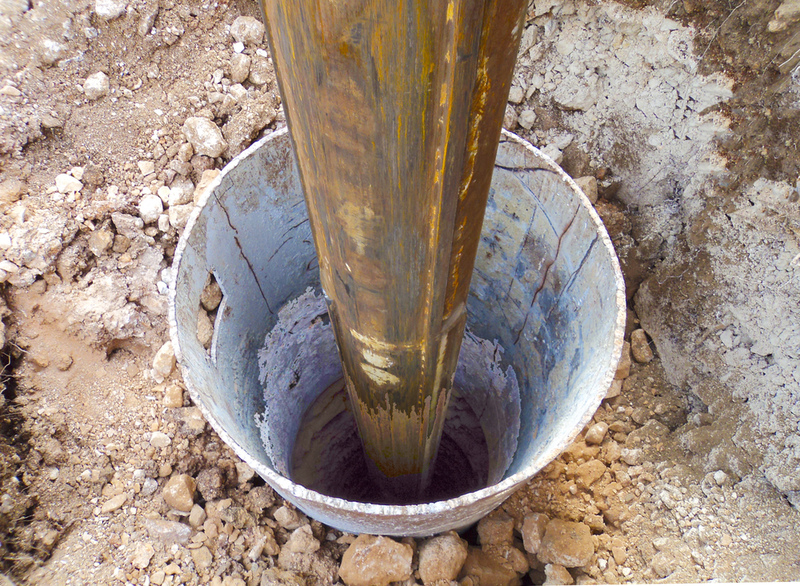
But here’s the most depressing statistic. The Soviets only managed to reach 0.2% of the distance from the Earth’s surface to its core. That should paint a clear picture as to just how long a distance that kind of journey would take.
Others Have Tried
Make no mistake about it – the Soviet team behind the Kola Superdeep Borehole are by no means the only people to try and reach the Earth’s core. Far from it. Other countries and research teams have tried to conduct similar kinds of missions – all ultimately failing.

Some other countries to undertake this kind of audacious mission include the likes of Sweden, Germany, and Austria, among others. Some of these nations managed to travel further, but that was simply because they diverted from their original vertical course. No nation or team went as close to the core as the Soviets did. But surely it will happen soon, right?
The Race Isn’t Over
While it’s been a while since the Soviets made the greatest claim to reach the center of the Earth, we think it’s just a matter of time before someone finally does it. But if they do, they’re going to need to find a new, ingenious method of doing it.

They’re going to need to find some kind of method to penetrate through all kinds of high pressures, materials, rocks, and conditions. And of course, they’ll need to try and do it without causing any significant damage to the Earth’s interior. Already, there are plenty of drilling platforms that the International Ocean Discovery Program has built across the oceans. Watch this space…
The water at the bottom of the hole may not be remains from the biblical Flood, but in the following story, you might find the remains of Noah's ark, which is still pretty darn impressive.
One of the most famous biblical stories is of Noah's Ark. Even if you've never picked up a bible in your life, chances are, that you have a least heard of the tale. Interestingly, many ancient cultures share very similar stories that are even older than the version in Genesis.
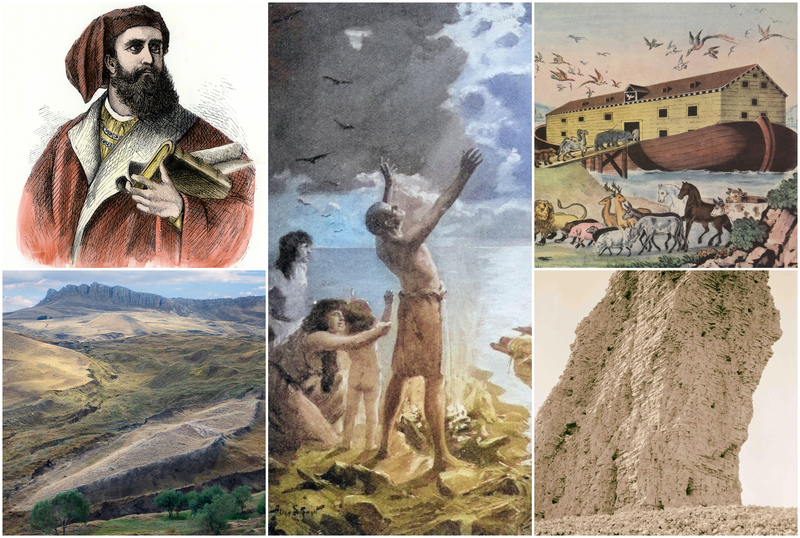
This has led contemporary historians and archeologists eager to seek out evidence of the existence of such an ark. And now, they believe that they may finally found a huge piece to the puzzle.
Finding The Ark
According to the story in Genesis, after the worldwide flood, Noah’s ark came to rest on the ‘mountains of Ararat’ in modern-day Turkey.
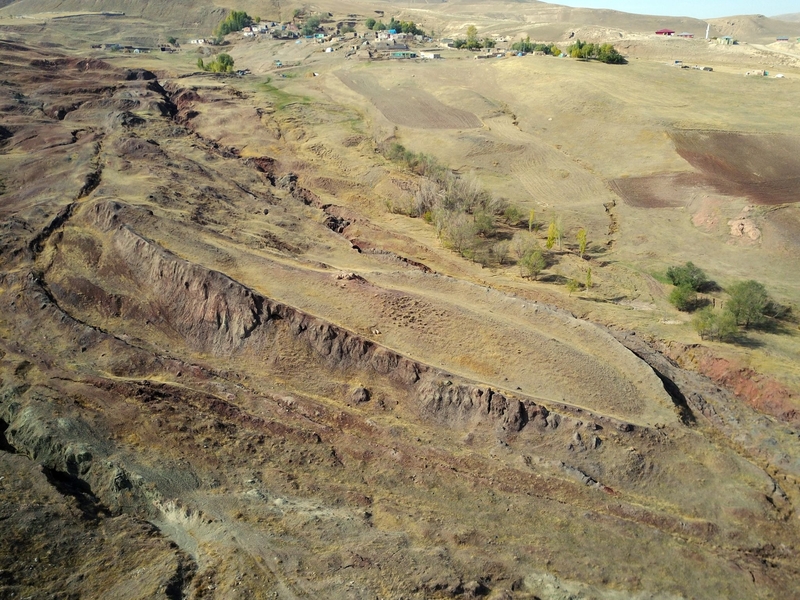
Could it possibly be that centuries later, scientists have finally unveiled new evidence about what really happened?
Come In Pairs
According to biblical scrips, not only did God tell Noah to bring members of his family on board, but he was also instructed to bring along other things that would be essential to repopulate the earth.

Included sample groups of different animal species, that would be released to roam free after the flood.
Surviving The Storm
In order to survive the storm, God instructed Noah to build a massive ark, like never seen before. He was given the exact material and dimensions that would be required to build such a ship.

The dimensions were "300 cubits long, 50 cubits wide, and 30 cubits tall," which is equivalent to 450 x 75 x 45 ft, not to mention it was 3 stories high.
Non-stop Research
A Hong Kong-based group called Noah’s Ark Ministries International (NAMI ) are devoted to digging up all evidence they can find regarding Noah’s Ark.
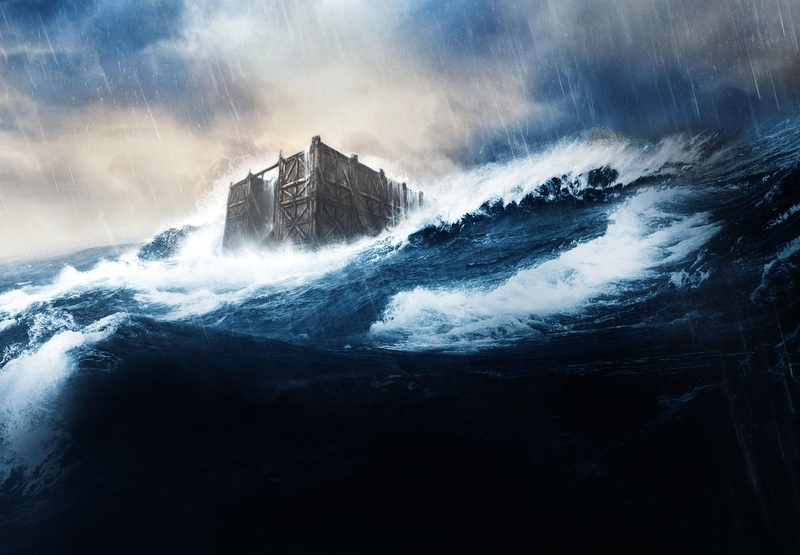
While many experts don't take NAMI's findings, seriously, there are some that believe that they may be on to something. One "ark hunter" believes that they might have finally uncovered the key to the ark’s last known location.
Fiction or Non-Fiction
As exciting as these findings may be, most of their past findings, and others before them, have been debunked.
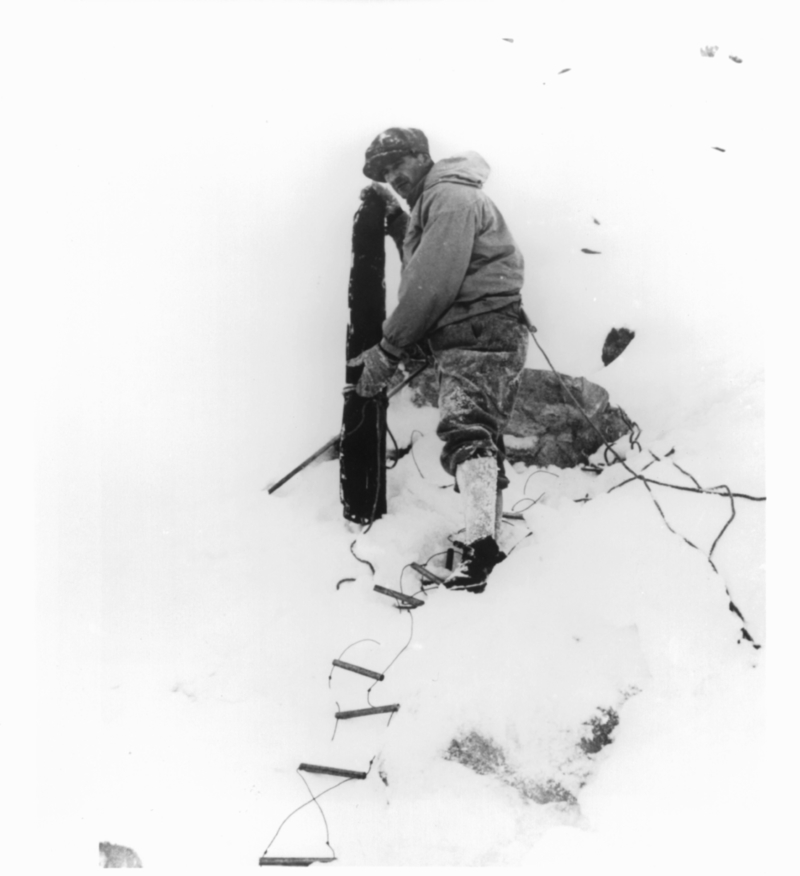
Like in 1955, when a French explorer reported that he found a five-foot wood beam beneath a glacier on Mount Ararat. While it was verified that the wood beam was about 5,000 years old, the explorer eventually admitted that he brought it from a nearby village.
The Syrians Have a Different Theory
While most experts on the matter agree on the general location of the ark, the Syrian tradition differs from the story told by Josephus. The Syrians believe that the ark actually landed on Mount Judi.
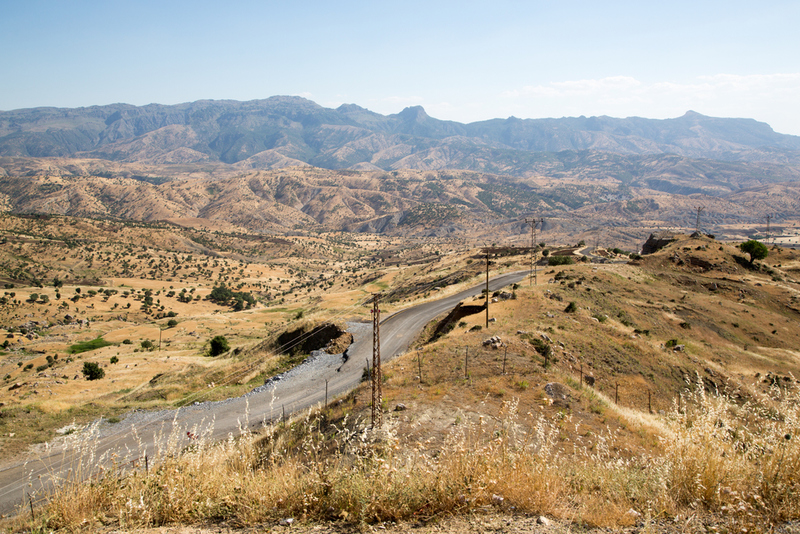
In fact, early Christian and Islamic traditions call Mount Judi the ‘Place of Descent,’ and Josephus said that the ark’s remains were displayed at the ‘Place of Descent’ by Armenians in the 1st century, about 60 miles southeast of Mount Ararat.
Conflicting Reports
Dr. Andrew Snelling, Ph.D. of the University of Sydney, and a young-Earth creationist is another expert who doesn't believe that the ark docked on Mount Ararat.

Dr. Snelling says that it is very unlikely for it to have landed there, considering that Mount Ararat formed years after the flood.
What Did This Masterpiece Look Like?
Early theologians like Origen and Augustine are believed to have a clearer idea of what Noah’s Ark may have looked like.
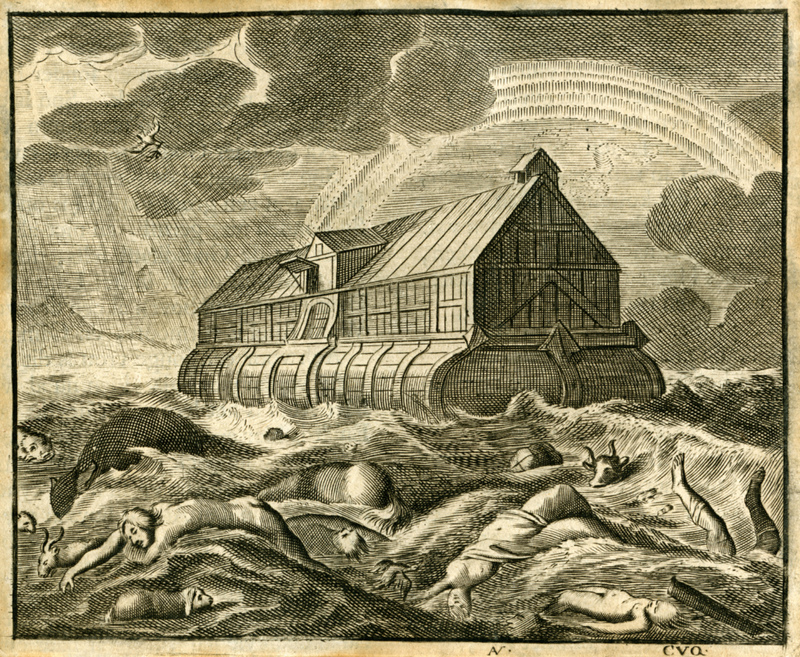
Catholic Theologian, Alfonso Tostada wrote an account in the 15th century describing every single detail about the ark, and a century later, French mathematician, Johannes Buteo aimed to lay out the ark’s dimensions, which many contemporary scholars subscribed to.
Ziusudra
Out of all the Mesopotamian flood stories, yes, there are a few, the one that stands out the most is the oldest one coined the Sumerian Flood Story that dates back to 1600 BCE.

The hero of this version is King Ziusudra, who builds a boat and tries to save the innocent after the gods decide to destroy the world, as you see, there's a strong resemblance to the story of Noah.
Fiding Out 'The Why'?
Many wonder not only how, but why did these miraculous stories in the Bible take place?

Philosophical questions of these biblical events have been hypothesized over the centuries, like why was the universe created? What is its purpose? And the same goes for the story of Noah.
Preserving History
In a relatively recent excursion, Dr. Friedrich Parrot ascended mount Ararat in 1829, over 500 years after Marco Polo recorded his sighting of the mountain. While Dr. Parrot did not attempt to dig up the ark, he did, however, document how the locals felt about the legend of Noah’s ark.

“All the Armenians are firmly persuaded that Noah’s Ark remains to this very day on the top of Ararat, and that, in order to preserve it, no human being is allowed to approach it,” he said.
Could It Be True?
As we mentioned before, NAMI (Noah’s Ark Ministries International), believes that they found concrete evidence of the famous ark on Mount Ararat.

In 2010, a group of Chinses and Turkish evangelicals claimed to have found wooden artifacts that are likely to be ruins from the ark which would confirm, once and for all, the location of the historic ship. Had they found the breakthrough the world was looking for?
Sky View
Not long after the French explorer, Fernand Navarra, admitted to fabricating his findings, a helicopter pilot, George Greene took a shot at unveiling the whereabouts of the ark.
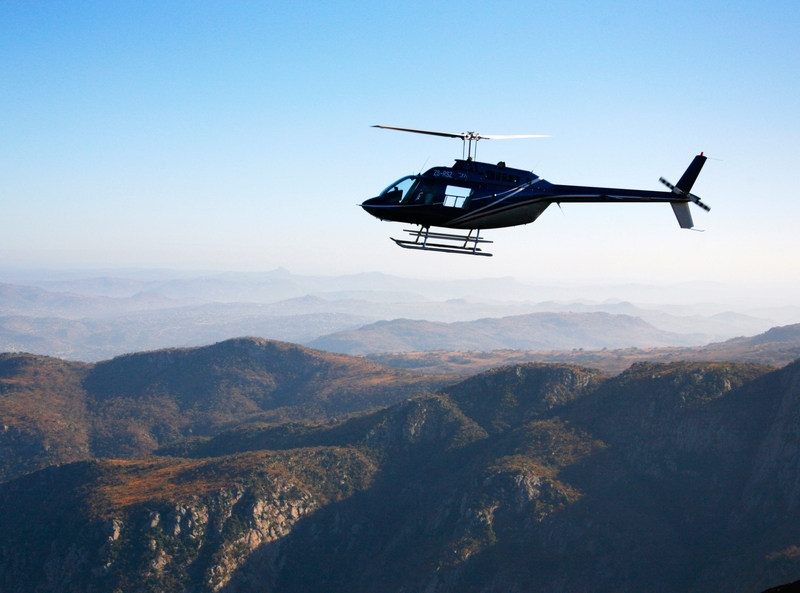
Greene claimed that he could see the ark from his helicopter ride above Ararat, and said it's fossilized in the side of a rock cliff about 13,000-14,000 ft above sea level. Apparently his sky view photos weren't convincing enough as he failed to gain investment for a proper expedition.
Symbolisms And Deeper Meaning
From a theologian’s perspective, one of the most intriguing details about the legend is that it appears to be a microcosm of creation.

There were three decks on the ark, which may symbolize the three levels that Hebrews believed made up the world – the waters, the heavens, and the earth.
What Was It Made Of?
Another mystery surrounding Noah’s Ark regards the exact materials used to build such a structure. According to The King James Version of the Bible, the Ark was made of “gopher wood.”

However, since there are no trees that go by the name "gopher" today, it's hard to verify. The New International Version of the Bible uses the term “cypress wood.”
How Many Were There?
Although it is commonly thought that Noah rescued two of each animal, the Bible states differently.

In one passage, it says “seven pairs of every kind of clean animal,” and “one pair of every kind of unclean animal,” and later “seven pairs of every kind of bird.” So, if you do the math, it may have actually been 14 of each animal.
That's A Lot Sheep?
Some experts believe that there were as many as 2.15 million sheep in the vessel. Naturally, most are skeptical about this outrageous number.

Considering al the other animals, and humans needed enough space to sleep, eat and, and just live during the time they spent on the ship. Other theorists speculate that the number of animals on the ship was closer to 16,000.
The Beloved Mountain
At 16,854 ft, Mount Ararat is the tallest peak in Turkey. Di you know that it's actually a dormant volcano?
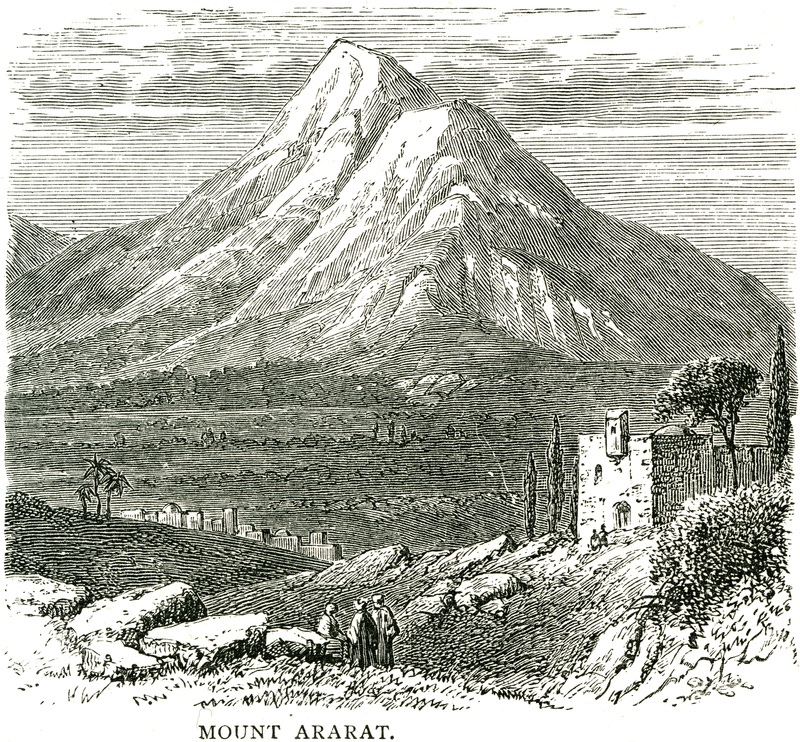
The site is considered very holy to Armenians because of its connection to Noah. Armenians love it so much that it is displayed on their coat of arms along with Noah’s Ark.
Could It Be In Amenia?
According to Josephus, a 1st-century Roman scholar theorized that the ‘mountains of Ararat’ are located in the area formerly known as Armenia.

This account has been repeated numerous times by other scholars of the time from Hieronymus the Egyptian to Nicolaus of Damascus.
Marco Polo
The popular explorer, Marco Polo, who was known for his journeys into Asia, had his own theory about the whereabouts of the ark.

As he wrote in The Travels of Marco Polo, “In the heart of the Armenian mountain range, the mountain’s peak is shaped like a cube (or cup), on which Noah’s ark is said to have rested."
Some Things Don’t Add Up
Outside of the evangelical historians, one of the biggest issues behind Noah’s ark is the occurrence of a world-wide flood that has never been back by science.

For a flood of that magnitude to take over the globe, there should be even the slightest evidence of its occurrence in the water levels in the soil.
DNA Evidence
In addition to the lack of geographical evidence, scientists question the flood myth because of a lack of DNA evidence as well.

If Noah and his family were the only survivors of the flood, then technically we should be able to trace DNA genealogy back to this one family over 4,600 years ago, considering that they were the ones who repopulated the earth.
Another Noah
History lovers certainly know about the Epic of Gilgamesh, the Mesopotamian epic poem. The Epic was recorded on 12 tablets, but two-thirds of the tablets have been recovered.

It tells the story of Gilgamesh on his journey to find eternal life, along the way he is told a story of the Great Flood. The flood in Gilgamesh’s story is oddly similar to the story of Noah’s ark.
A Cultural Phenomenon
Naturally, a story as compelling as Noah’s Ark was bound to be recreated in numerous artistic mediums. Some of the most recent iterations of the tale have become successful Hollywood movies.
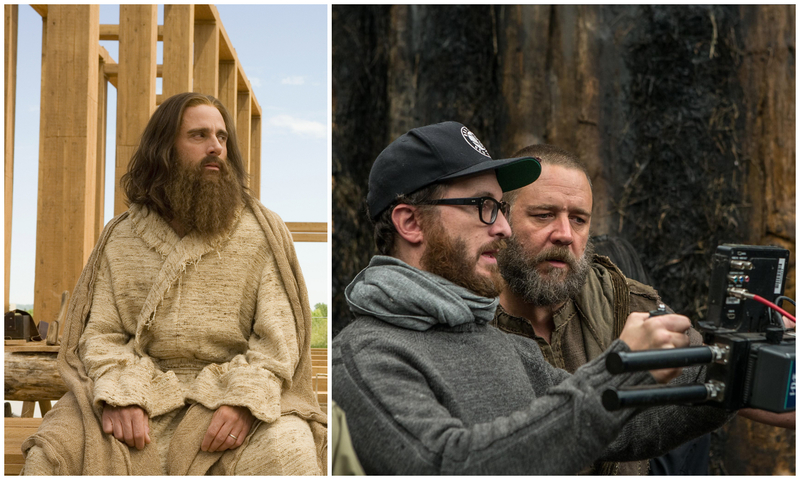
Darren Aronofsky, the director of Requiem for a Dream and Black Swan, made his own version of Noah's Ark, starring Russell Crowe starring as the Biblical character. Steve Carrell has also starred as a Noah-like character in the film Evan Almighty.
Reconstructing The Ark
Ark enthusiasts from around the globe have invested millions of dollars in building their own versions. Like this Dutch carpenter who built a life-size replica of the massive vessel and even plans to sail it to Israel.
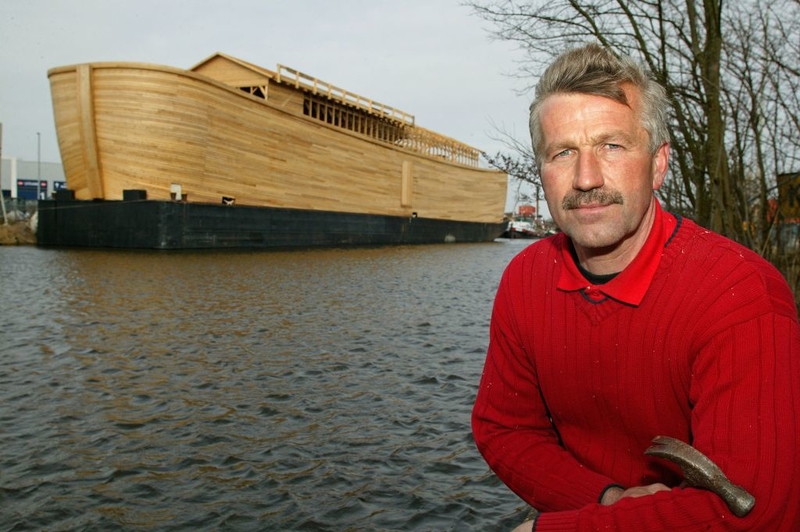
His ark even includes its very own wooden animals, the carpenter told the Jewish Telegraphic Agency “My preferred destination for the ark is Israel.”
Another Ark Replica
Another Noah’s Ark replica was built by an Evangelical Christian group that spent a whopping $120 million in order to construct this colossal sea vessel which they call The Ark Encounter.
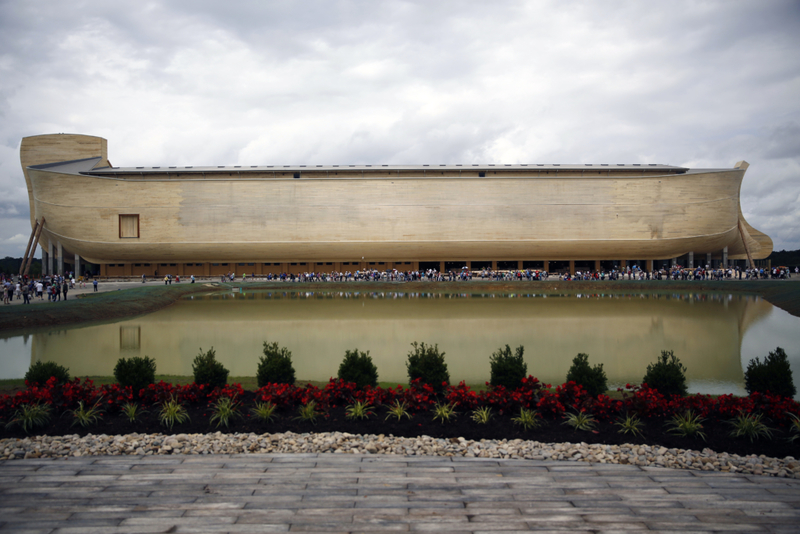
Which is essentially a theme park located in Grant County, Kentucky, and attracts curious visitors from around the country. And it seems like the people really love it, its reviews average at 4.5 on Tripadvisor!
Putting Their Brains Together
With so many inconsistencies in the story of Noah, it seems like we may never find out where the real ark landed after the flood. But it seems like there will always be enthusiasts out there willing to spend their time and resources until they found out.

The Geoscience Research Institute (GRI) put on a symposium on Mount Ararat to further the discussion. Over 100 scientists and researchers came together to combine their knowledge of the ark hoping to find an answer together.
And what About The Ice Age?
One of the most confusing conundrums about the biblical story is working out when exactly did it occur in the earth's timeline.

Considering that it supposedly happened around the time of the Ice Age. Could it be possible?
The Stories Don’t Match
Georgie Hagopian of Armenia claimed that he saw the ark as a young boy. However, his story had quite a few inconsistencies. Each time he told his story he gave a different year, he's said he's seen the ark in 1902, 1906, 1908, and 1910.
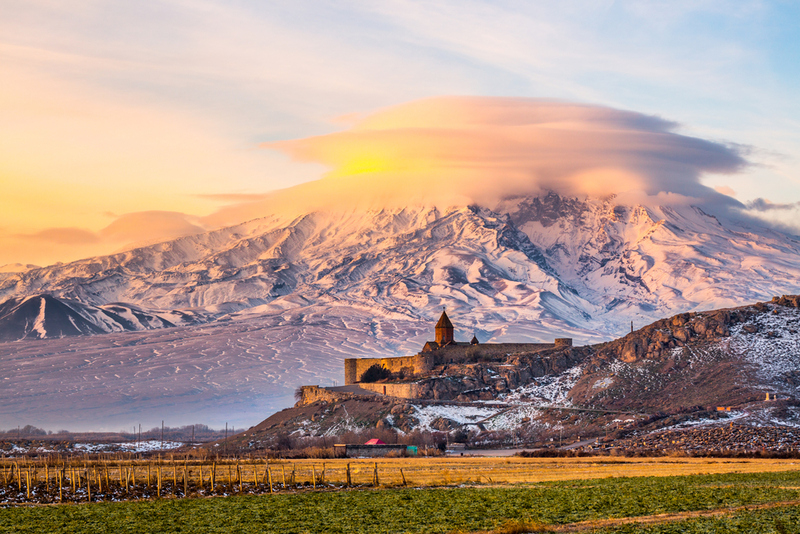
Which is it? Hagopian has even claimed to have climbed on the roof of the ark with his uncle. Naturally, many find the story hard to believe.
Before The Bible
Scholars are aware that the Bible is not the origin of the story of the flood.

Most believe that it came from Mesopotamia, which modern-day Iraq and Iran, where there are 9(!) known versions of a massive global flood that destroys everything.
The Famous Biblical Story
Regardless of all of the question marks about the story’s accuracy, it's one of the most notorious tales.

According to the story God was fed up with the wickedness and corruption of the people that he decided to destroy the world, only sparing Noah, his family, and some animal species.
Old Meets New
Genesis states that Noah’s ark's final resting place to be the ‘mountains of Ararat.’
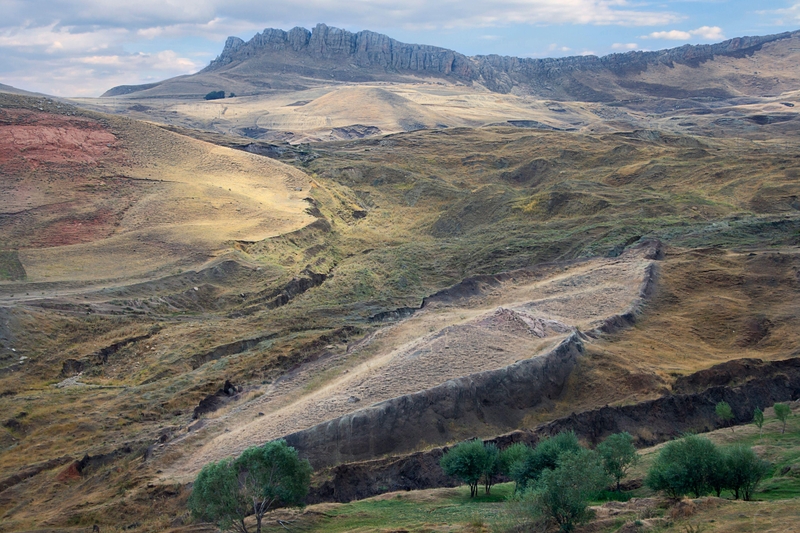
So, this leads many to believe that the ark should be found in the place that bears the same name today. Not a farfetched idea.
A Story Told By Many
The story of Noah and the ark has high significance in Jewish, Christian, Islam and Baha’i religions. There are many similarities between their versions of the tale, but interpretations have subtle differences among the different cultures.

For example, Christian scholars compare Noah’s salvation to baptism, and Muslims believe that the ark was more like a traditional ship “shaped like a bird’s belly.” Baha’is on the other hand, consider the story to be purely symbolic.
Still Doesn't Add Up
One Oxford University lecturer in ancient history, Nicholas Purcell, has expressed his skepticism in regard to the tale.
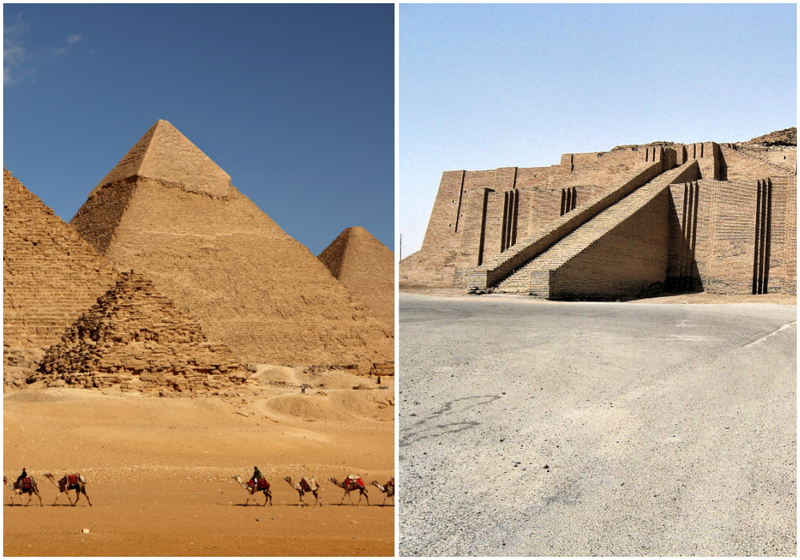
“If floodwaters covered Eurasia 12,000ft [3,700 meters] deep in 2,800BC, how did the complex societies of Egypt and Mesopotamia, already many centuries old, keep right on regardless?” he said. Good question.
Different Opinions
Dr. Snelling, who we've mentioned previously said that the biblical reference to the ‘mountains of Ararat’ suggests that the mountains formed well before the Flood ended.
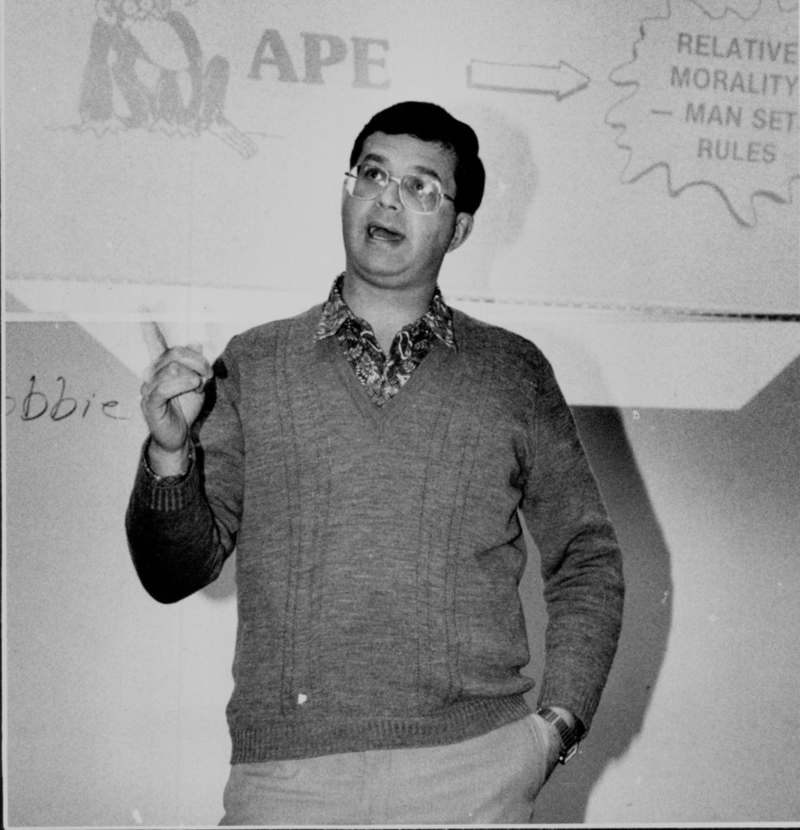
The Flood would have been a global catastrophe that would have totally reshaped the earth’s geology and has continued to change over the course of time.
The Timeline Is Off
Dr. Snelling is pretty adamant that Mount Ararat couldn't possibly be the place where the ark docked. As he has stated again and again that the volcano which is now called Mount Ararat did not form until well after the floodwaters had retreated.

Furthermore, the evidence shows that the lavas and ash layers on Mount Ararat date back to the time of the post-Flood Ice Age.
There's Still Hope
With plenty of backlash from critics, one American researcher believes otherwise and insists that he has evidence of Noah’s ark on Mount Ararat.

Professor Raul Esperante from California works with the Geoscience Research Institute in digging into this seemingly unsolvable question.
NAMI’s Claims
In April 2010, Man-Fai Yuen, a NAMI researcher, said that he and the search team had actually entered a wooden structure high on Ararat, and went on to describe the different spaces in the structure.
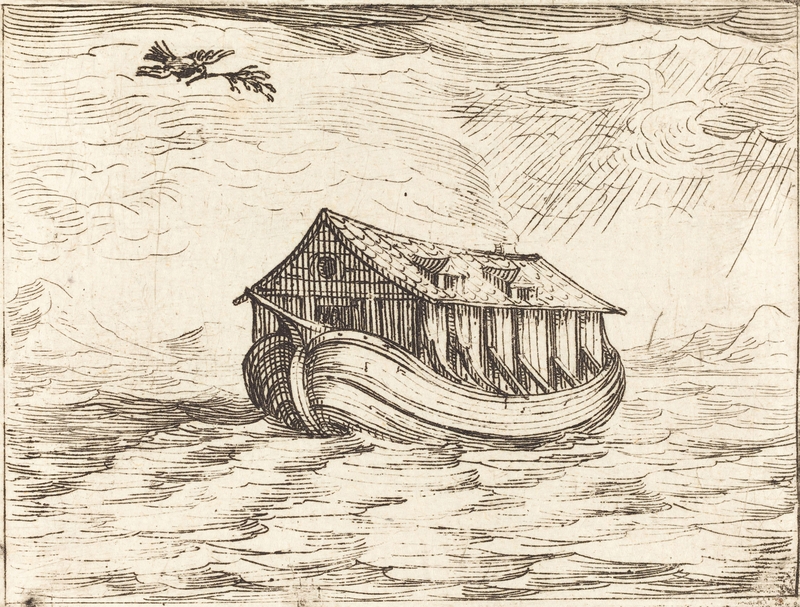
The researcher also claims that carbon dating puts the wood at 4,800 years old. Could they be on to something?
Confident Statements
NAMI stood by their discovery, Eung Wing-Cheung, a filmmaker who works with the organization, said, “It’s not 100 percent that it is Noah’s ark, but we think it is 99.9 percent that it is.”
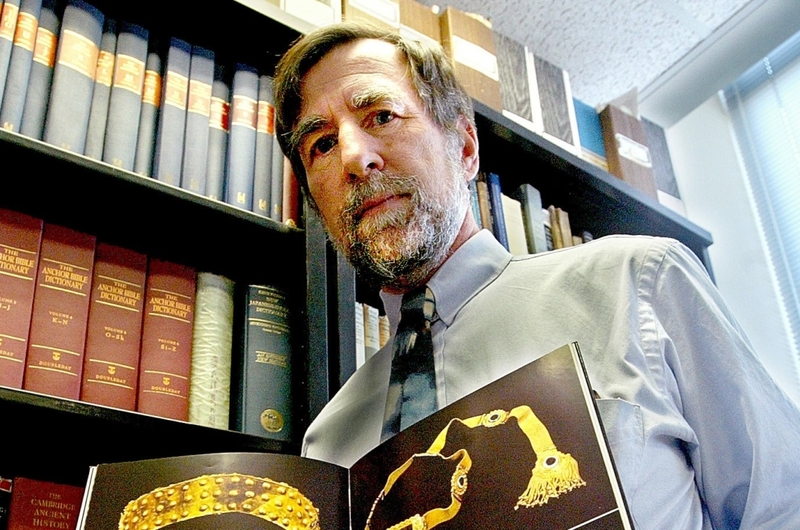
Paul Zimansky, a Middle East-specializing archaeologist of Stony Brook University, believes otherwise, and sarcastically replied: “I don’t know of any expedition that ever went looking for the ark and didn’t find it.”
Who Knows The Truth?
Esperante works steadfast to prove that Mount Ararat is in fact the true location of the ark, and NAMI’s findings as correct and hopes that rigorous and serious scientific work will be done in the area.

Once the scientific community has more conclusive data about the existence of Noah’s Ark in Mount Ararat, they can finally make it available to the general public.
Getting Closer And Closer
Although Esperante has yet to release his findings, he has begged the international community to invest in his research. If he and NAMI are correct, it could be one of the most fascinating discoveries since the Rosetta’s Stone.
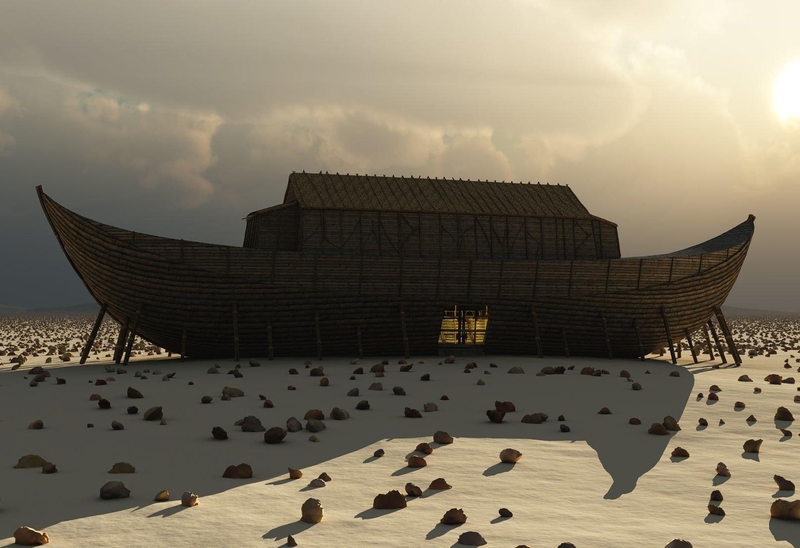
Most world’s scientific community doesn't see the importance in finding the arks resting place, but for other curious minds, this only adds fuel to their fire, they will continue to search for answers.
The Iraqi Connection
A new documentary has hinted that ruins in the Babylon Province in Iraq may be the site where the ark was constructed, and the many bricks match the descriptions of the Tower of Babel.
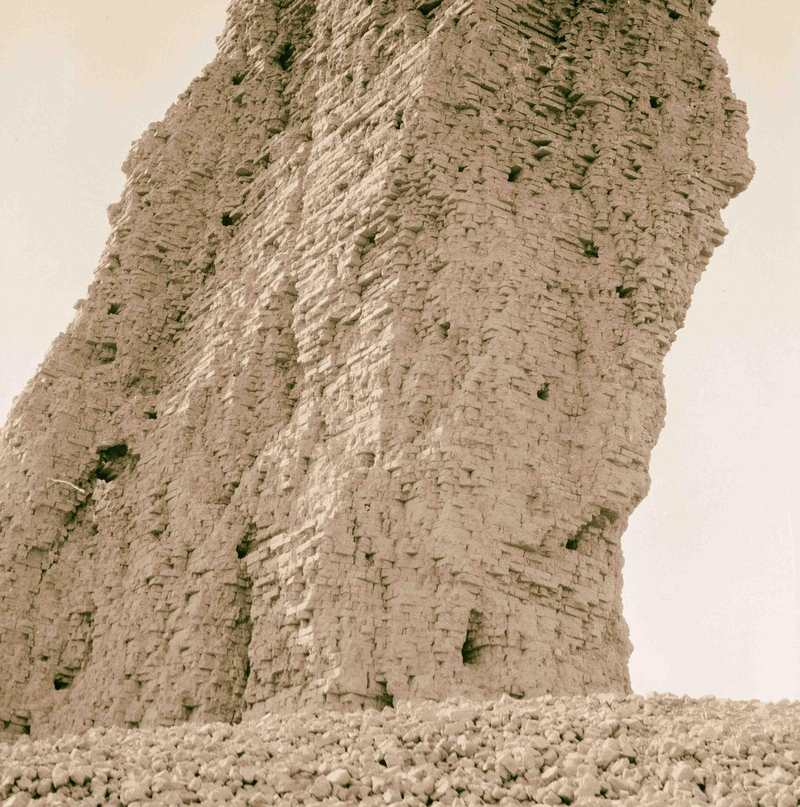
“A series of cylinders were found in Borshippa which pieced together a huge tower,” one of the narrator's thinks that they may be part of the Tower of Babel due to their massive size.
Have Ark Remains Been Found?
Another documentary revealed how Digital Globe, a space imagining company, had traveled to a Turkish mountain to take photos of what they believe are the remains of Noah’s Ark.
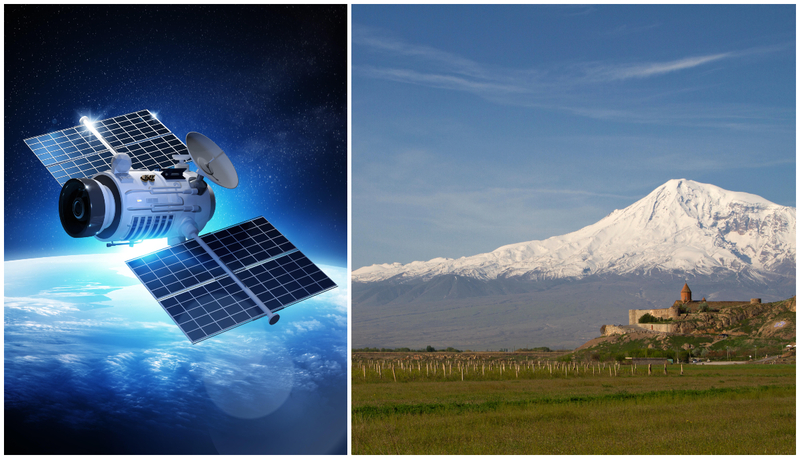
Once the exploration was complete, the researchers had some fascinating findings and space view images to share with the world from Mount Ararat.
Stunning Photos
Ever since the images were released, Professor Porcher Taylor of the University of Richmond has been convinced that they are reliable Biblical evidence.
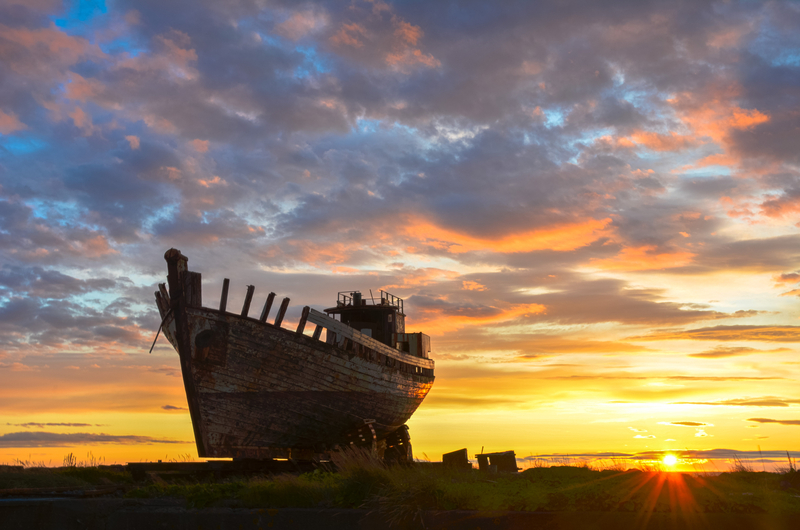
He has stated that he has new-found optimism in this type of imagery,” and is calling it his "satellite archaeology project".